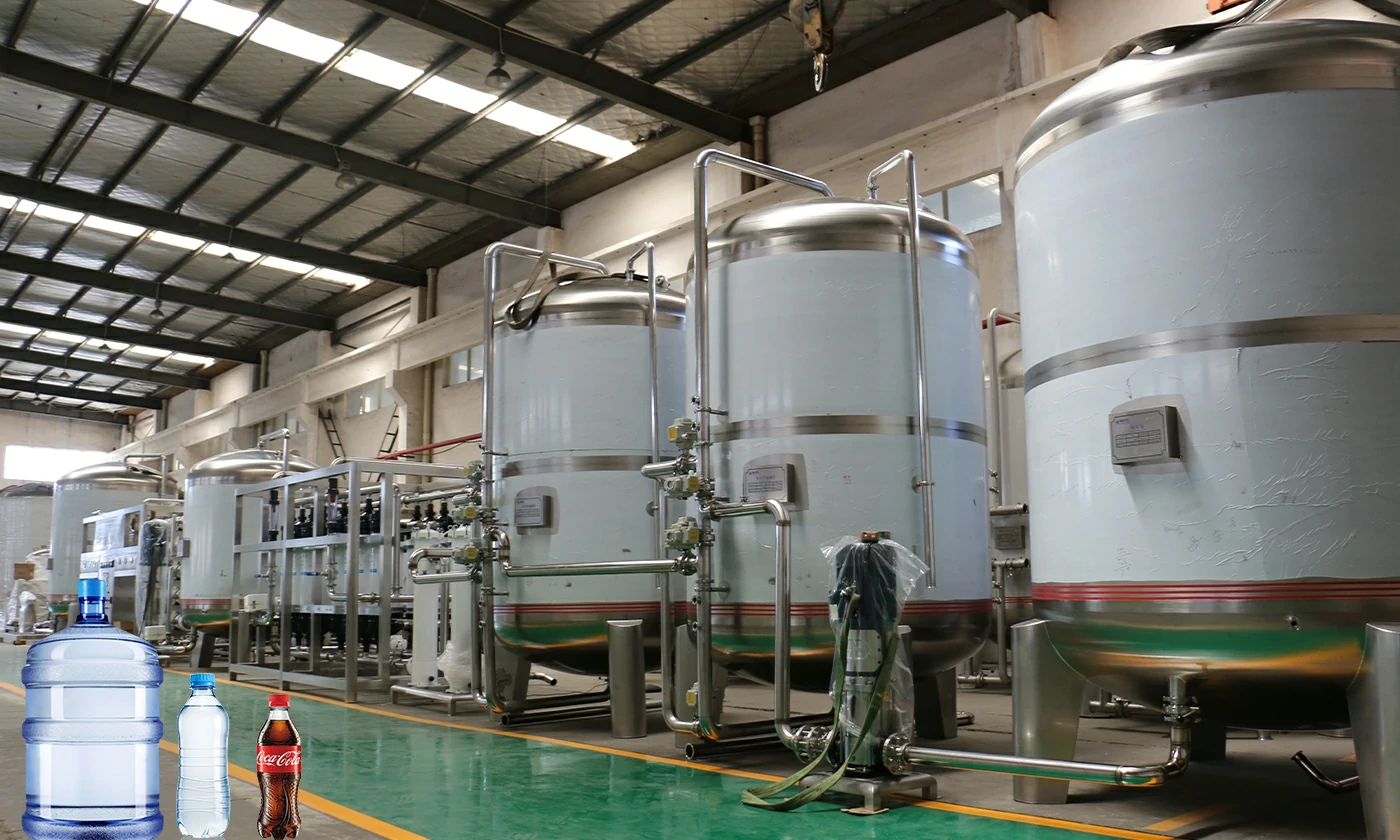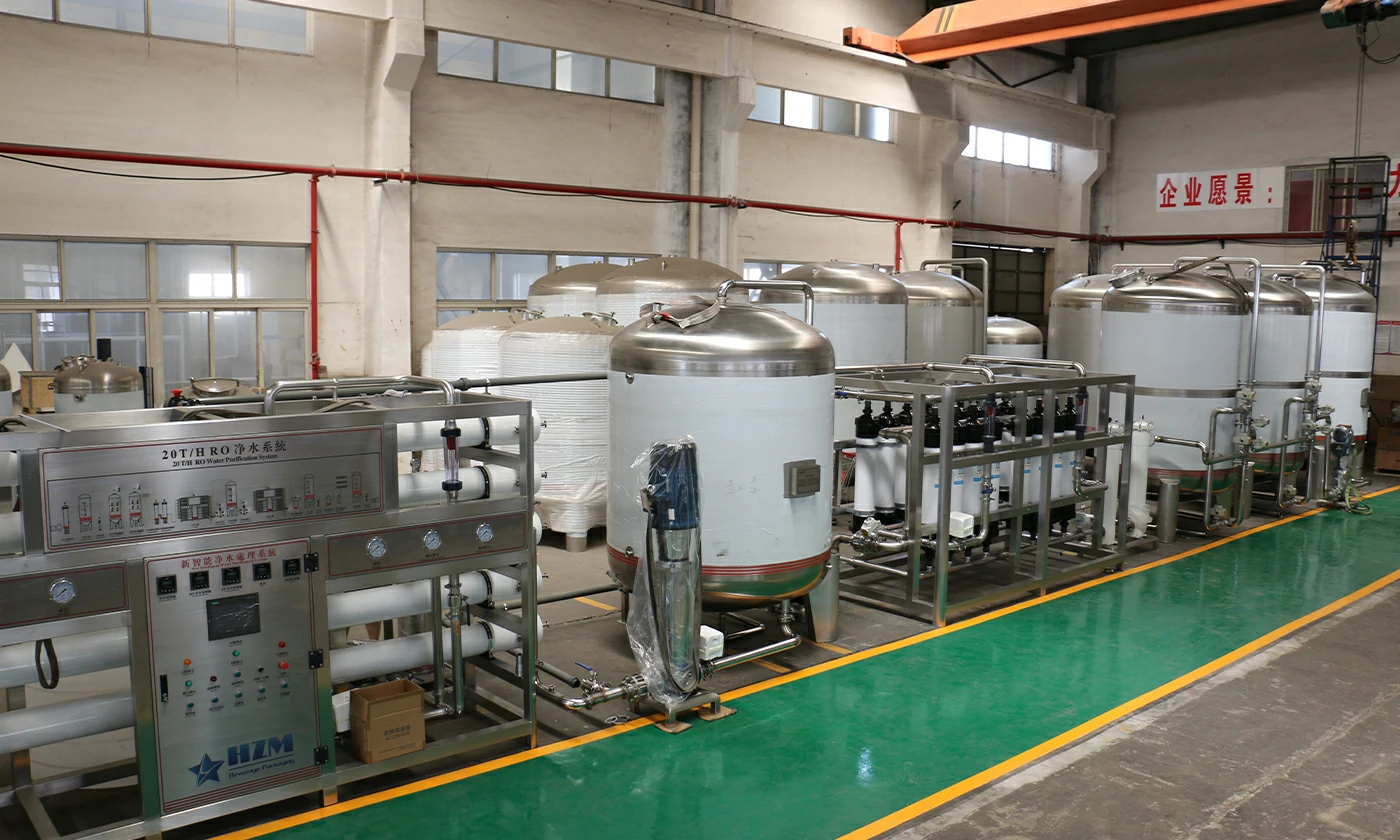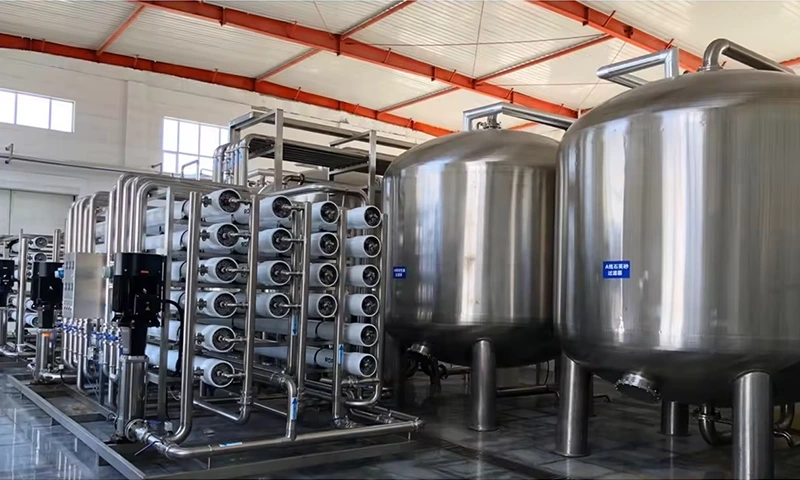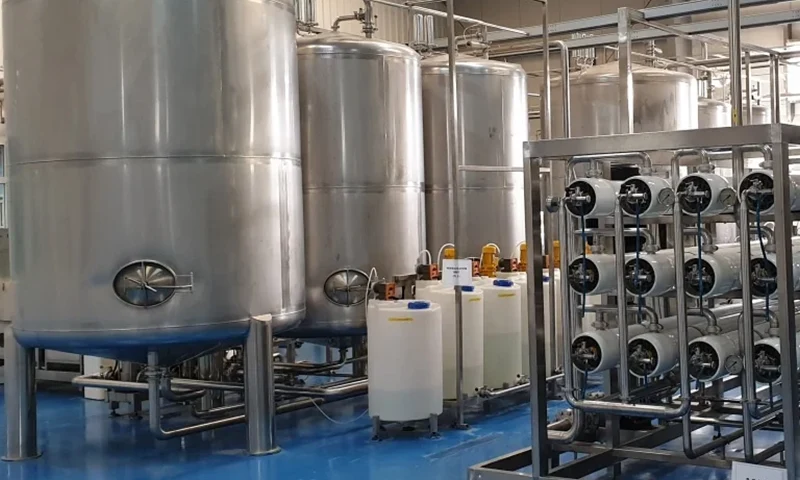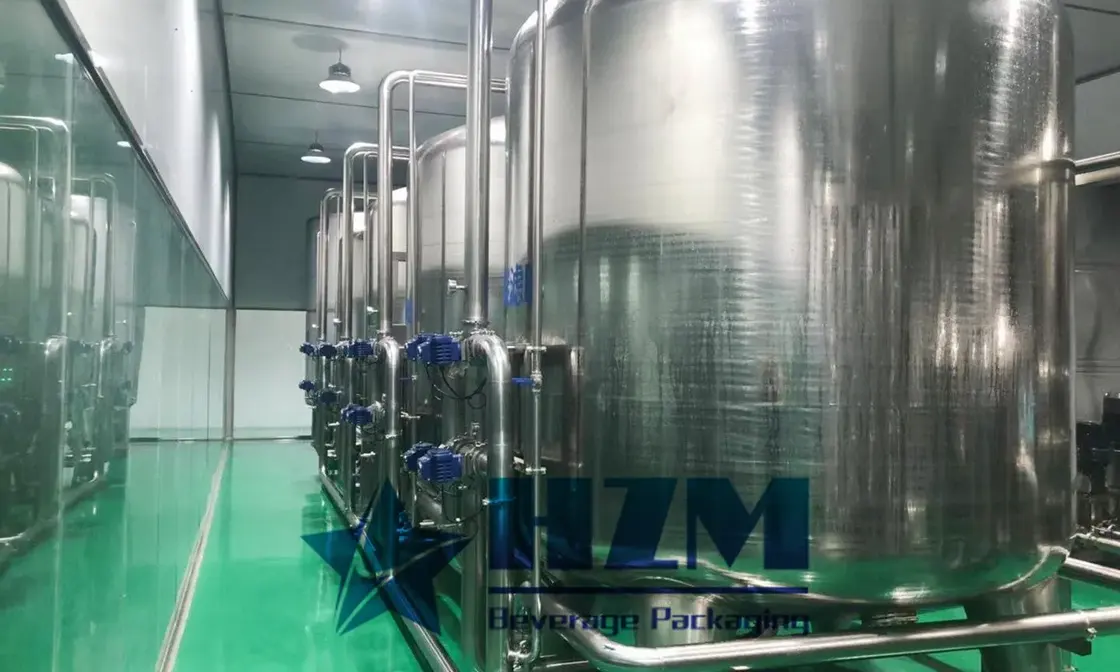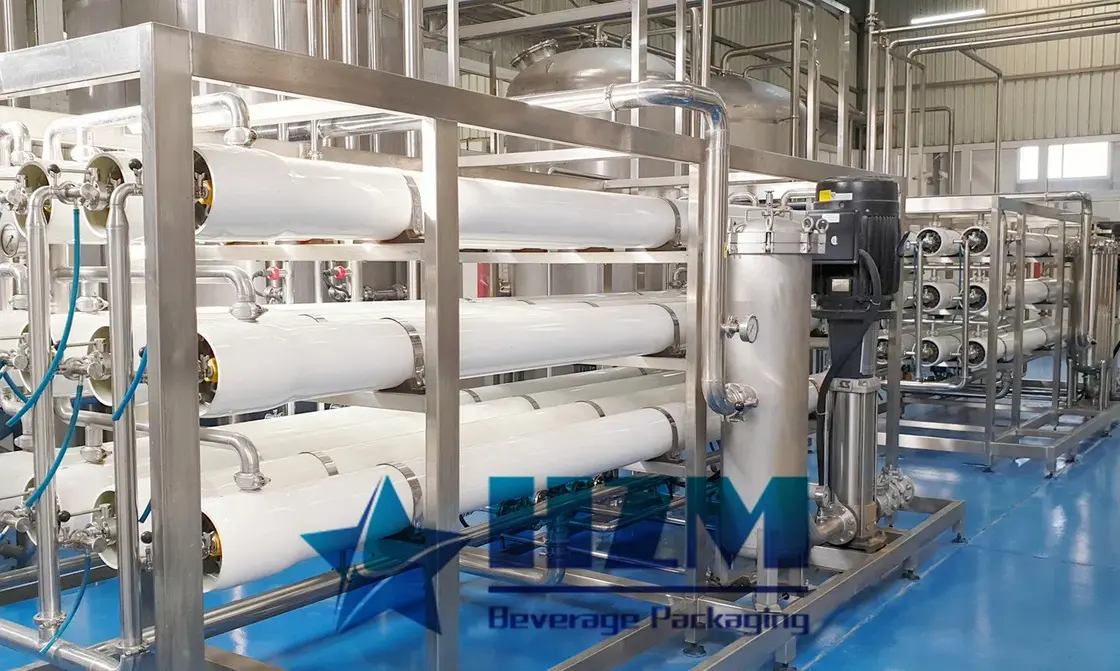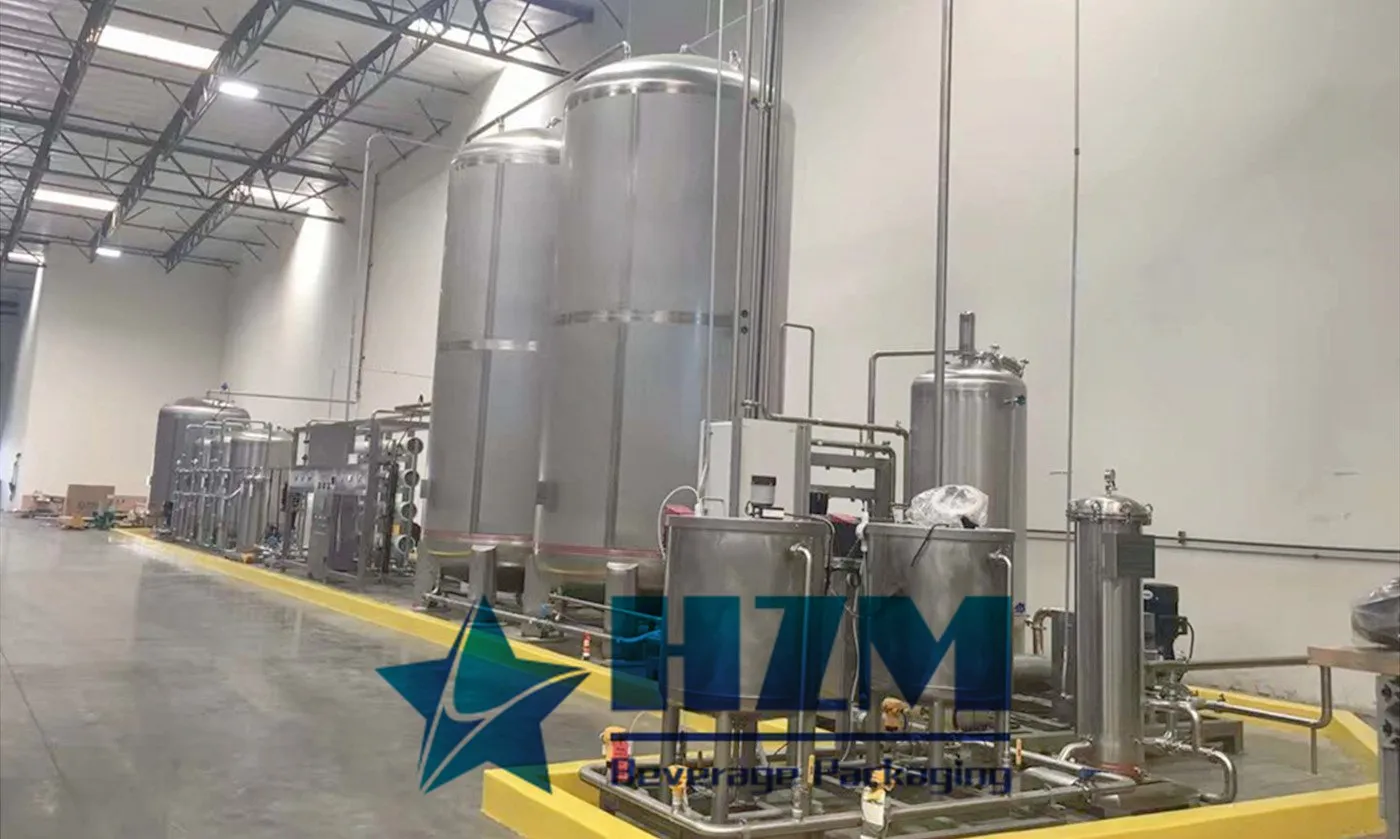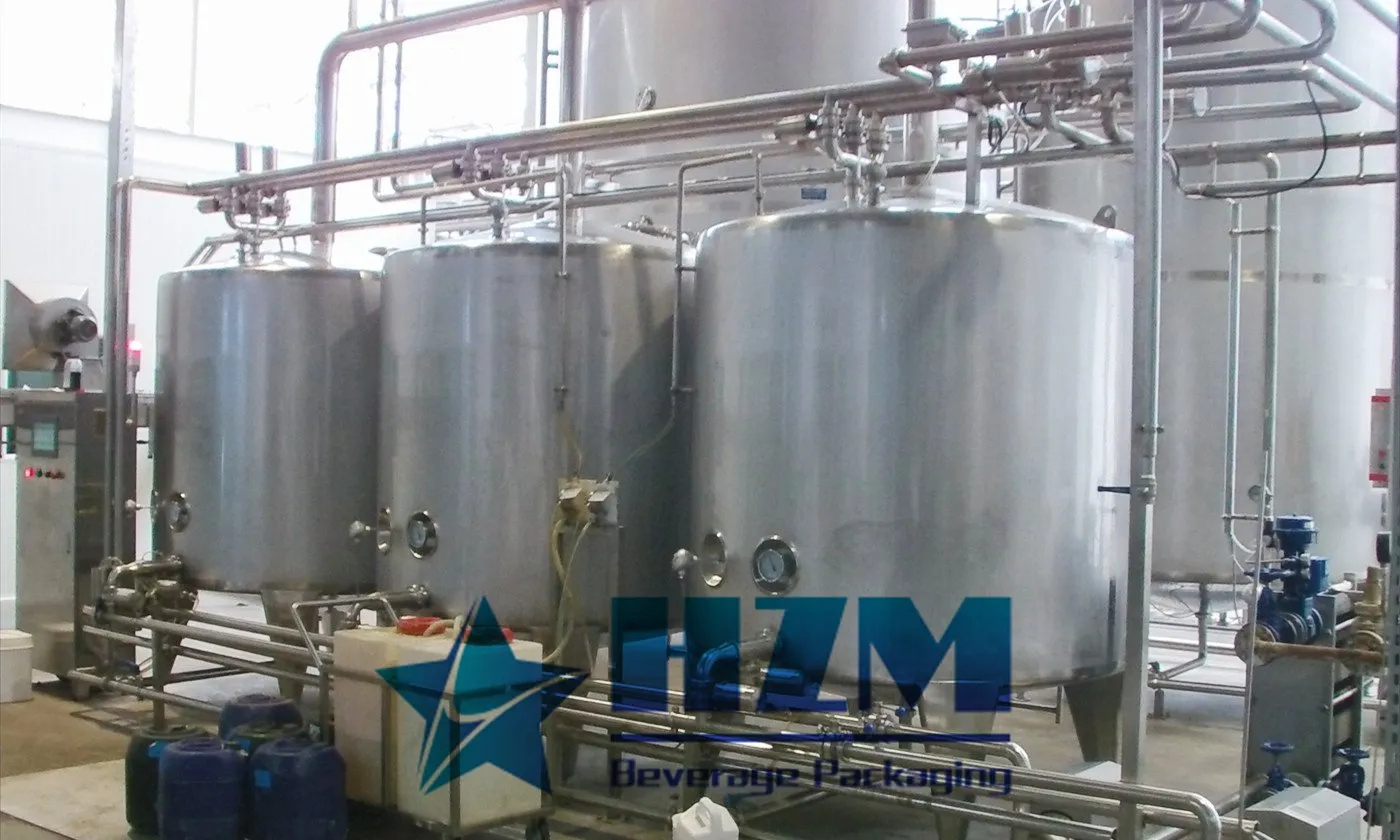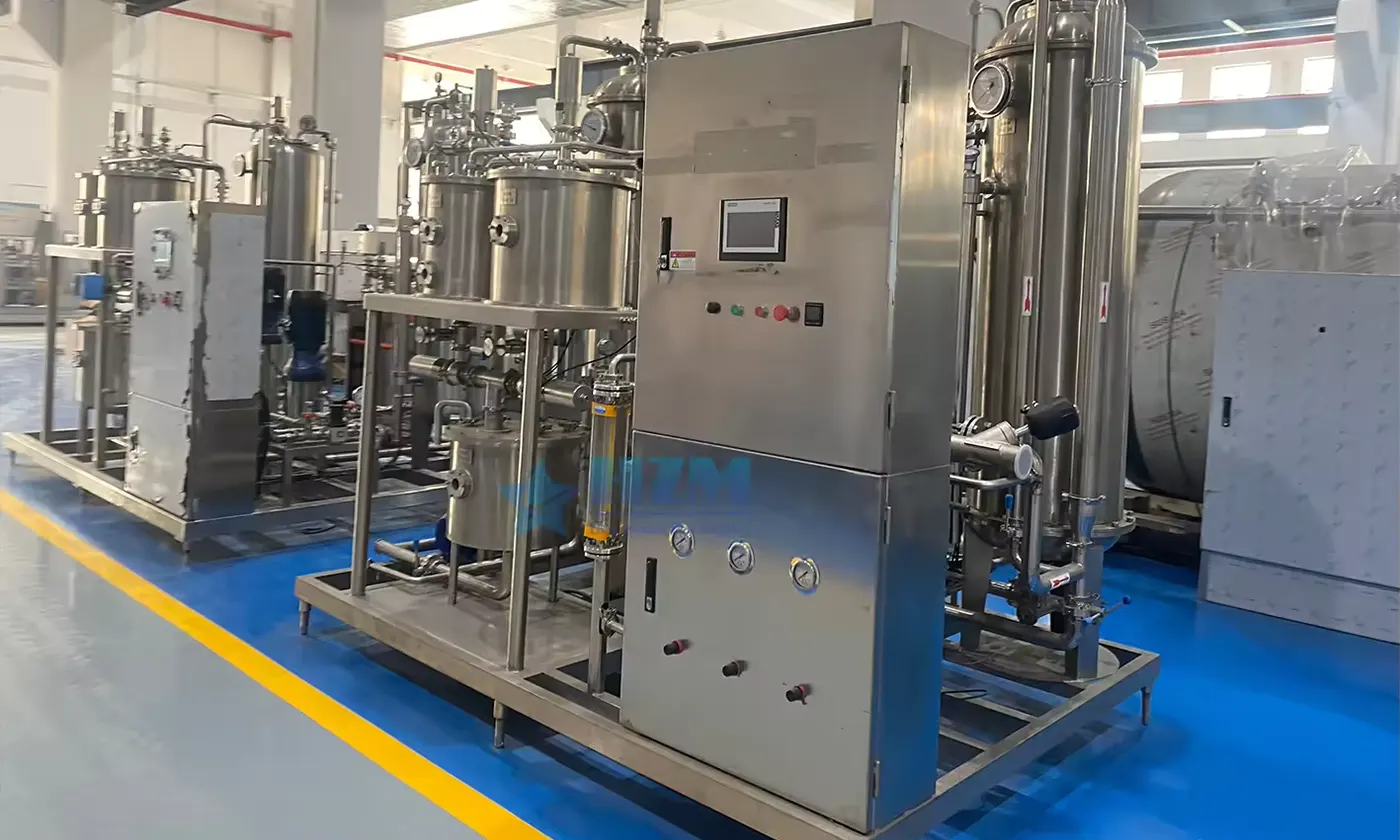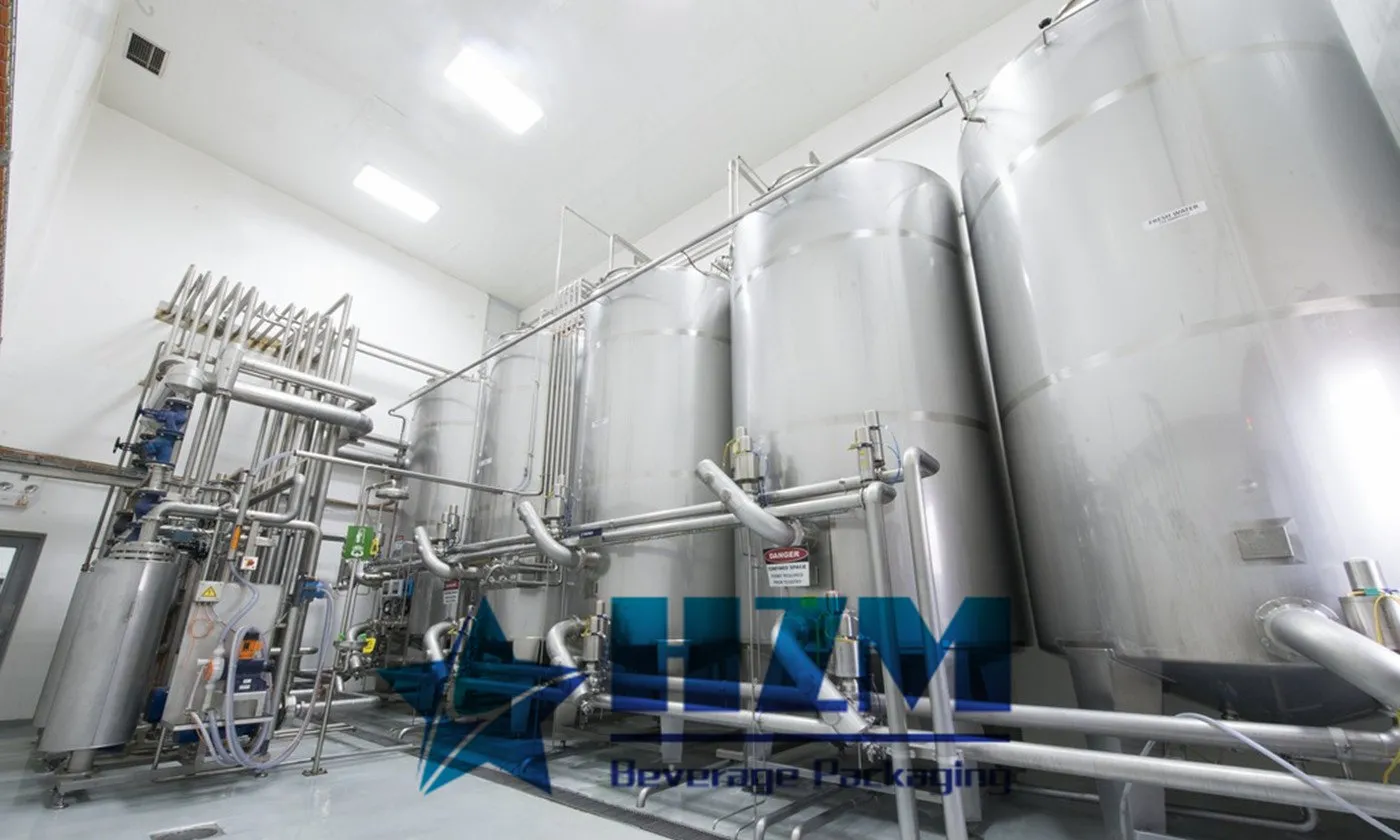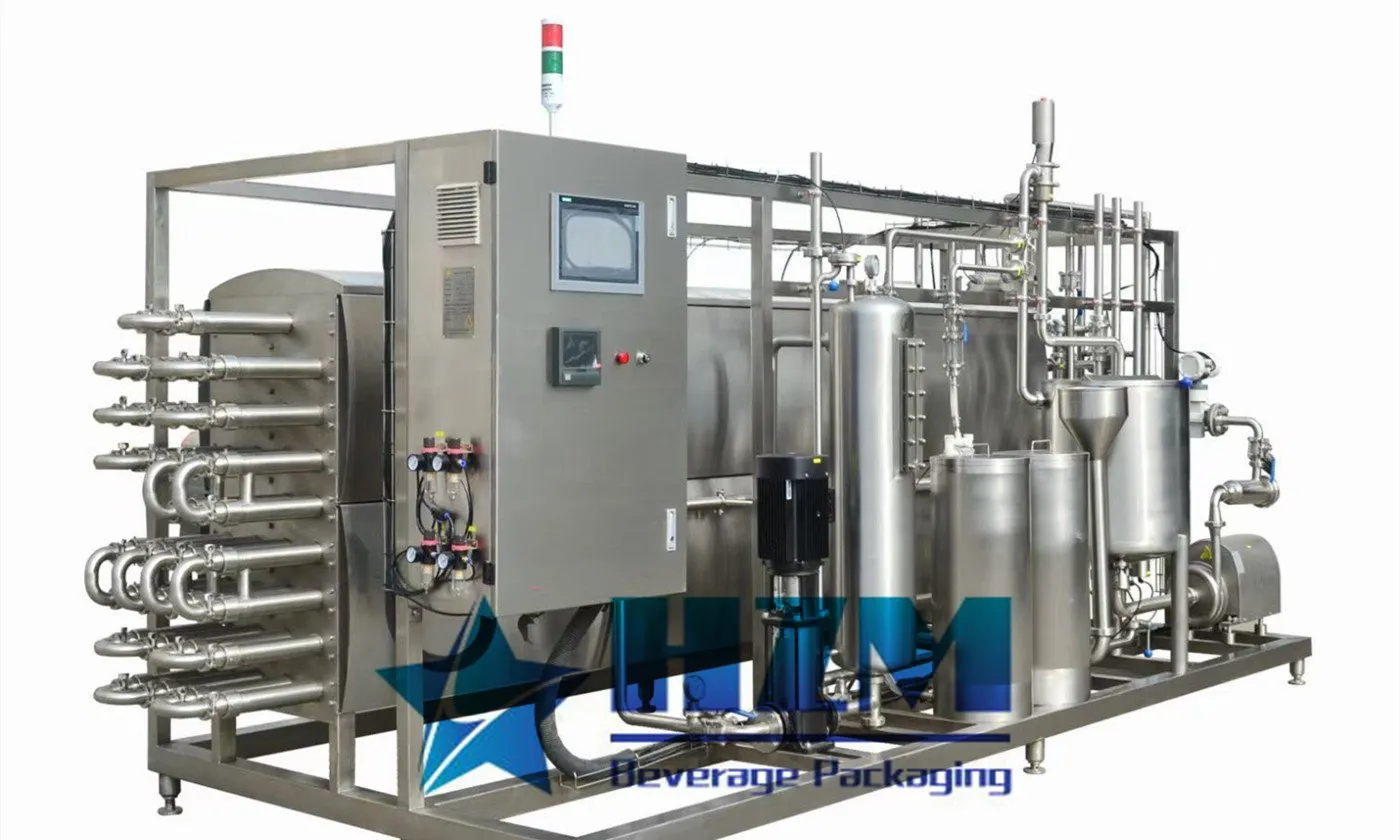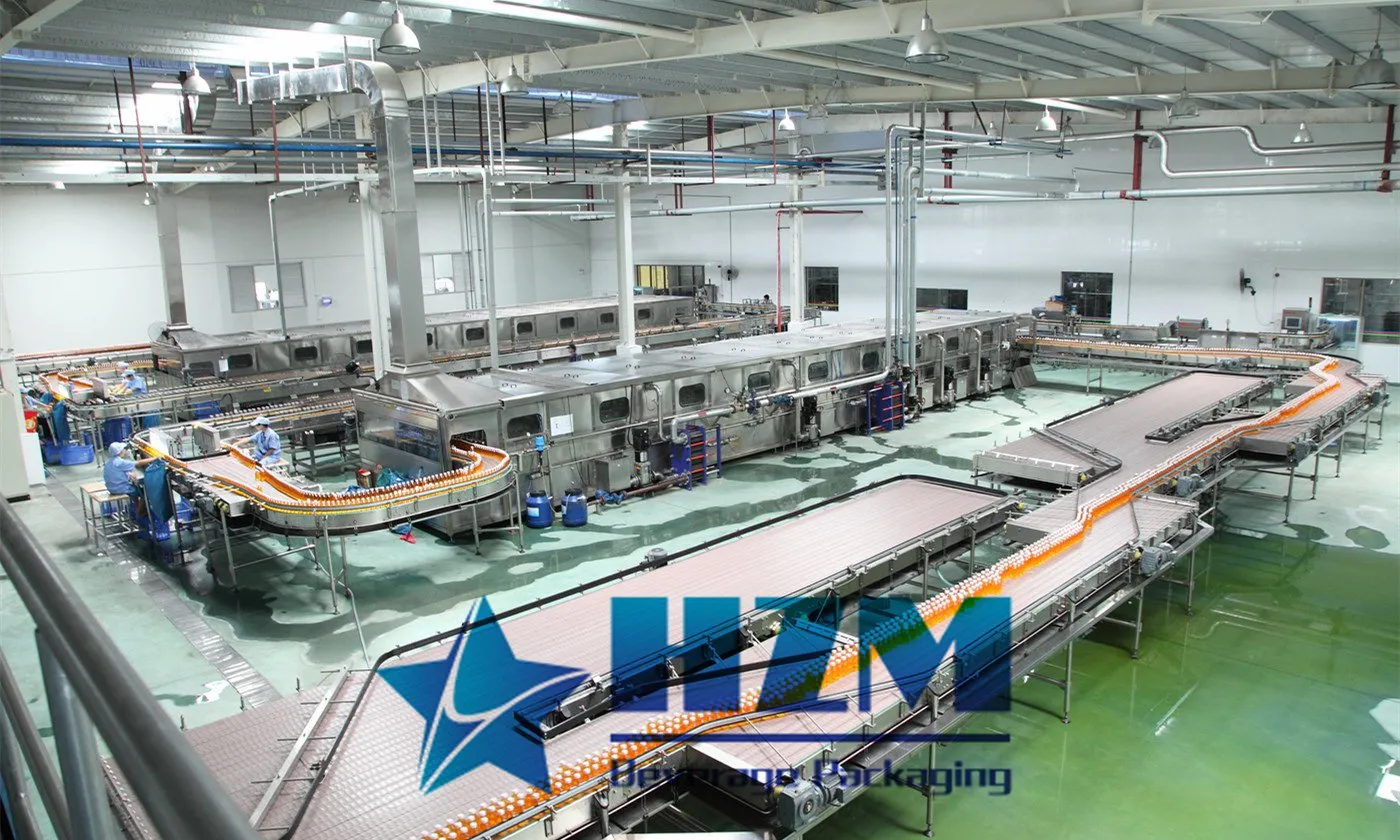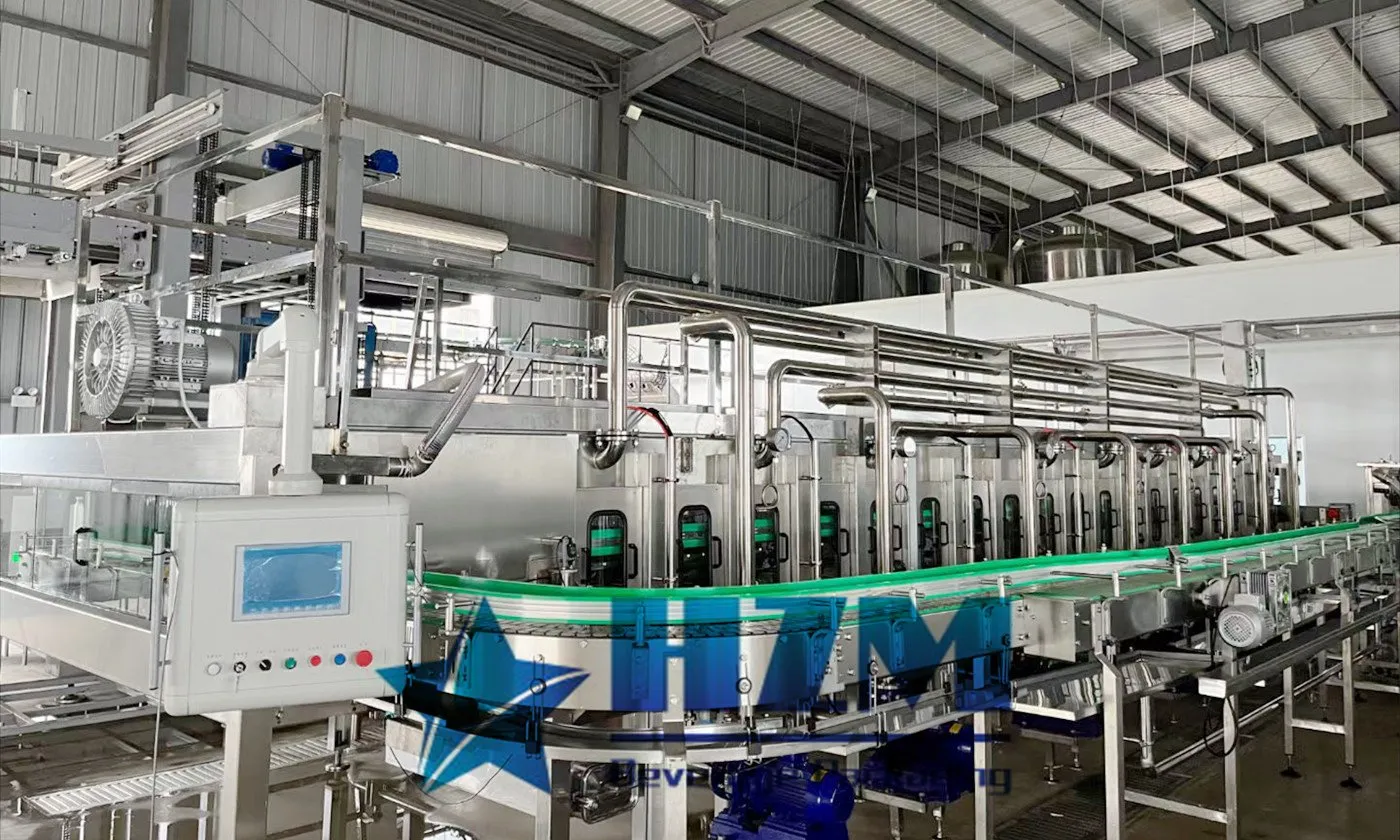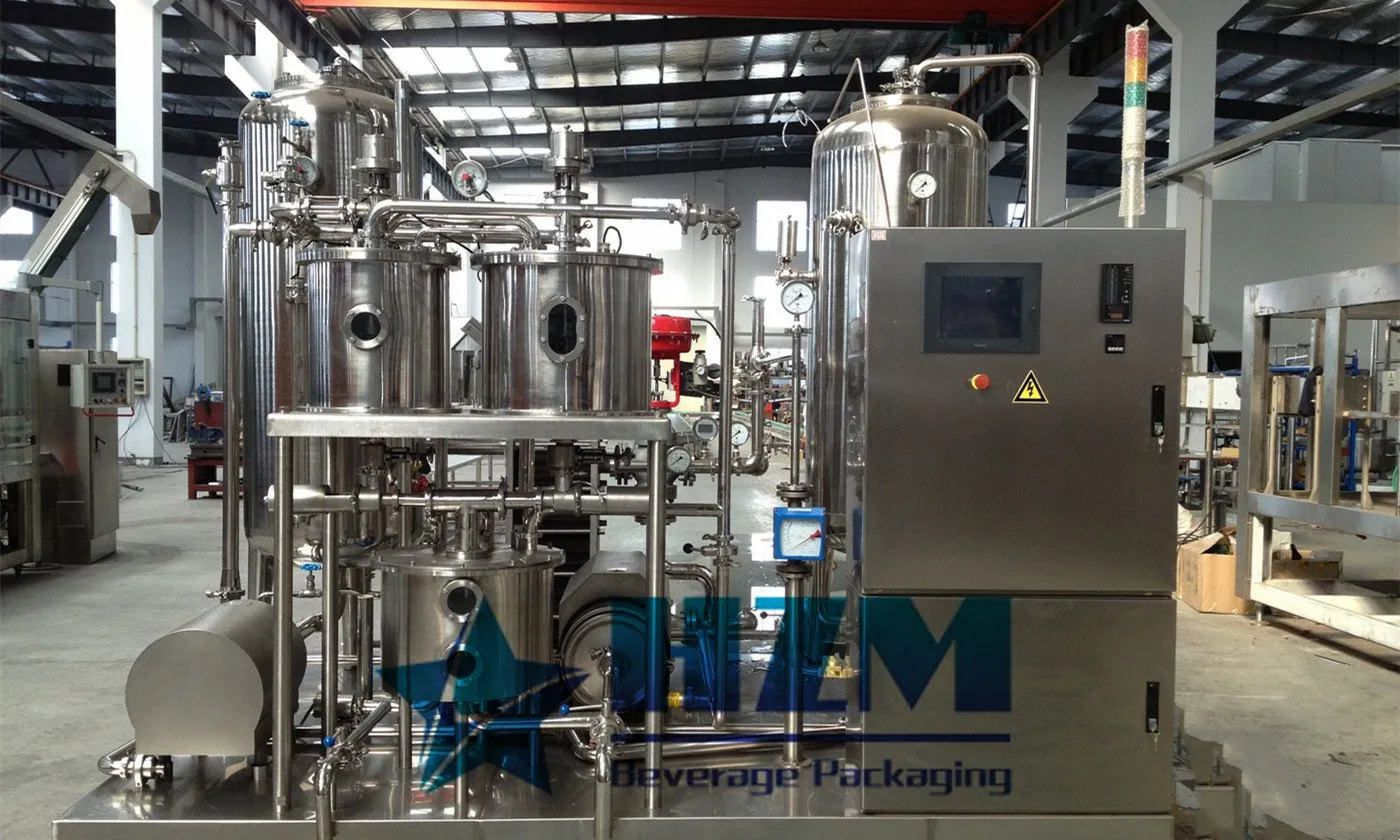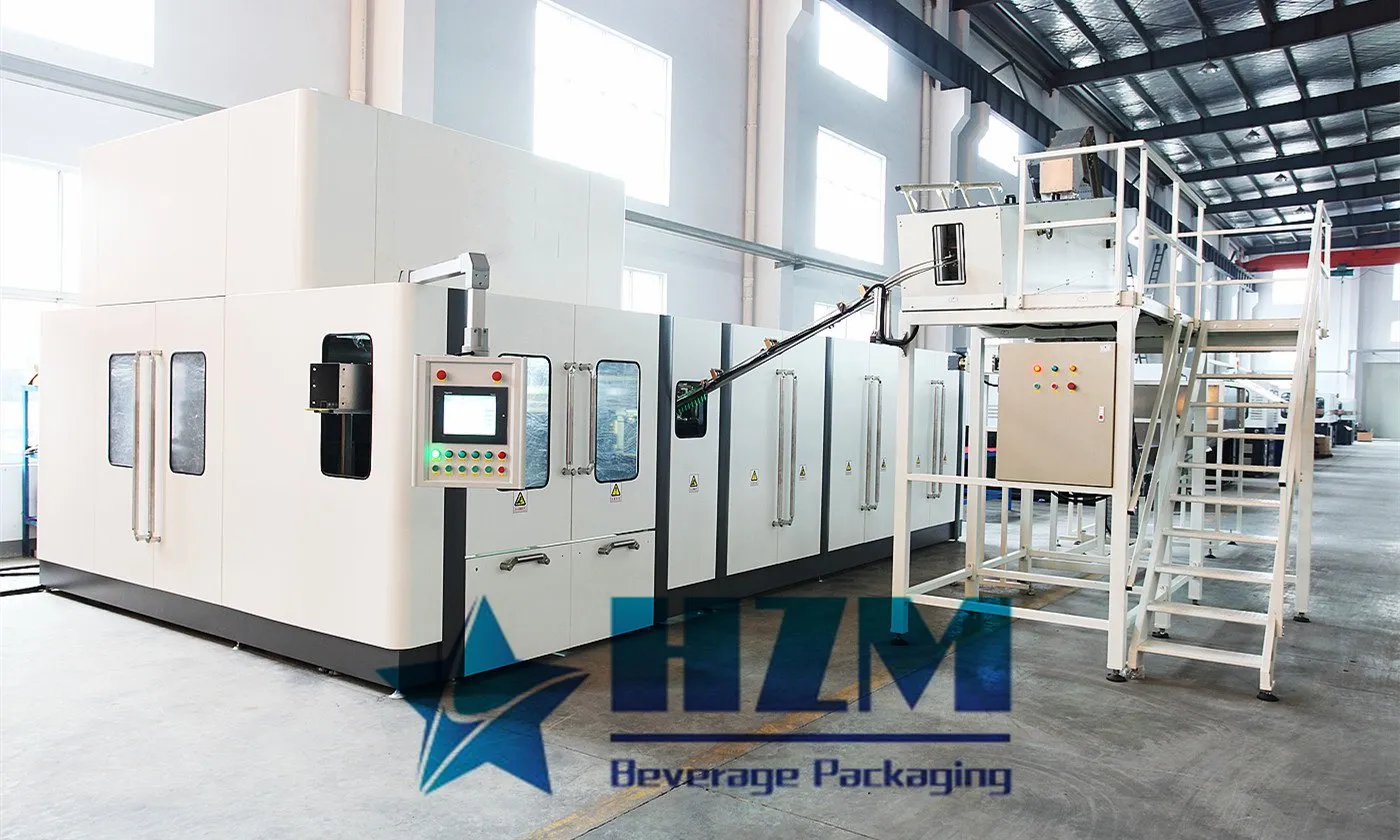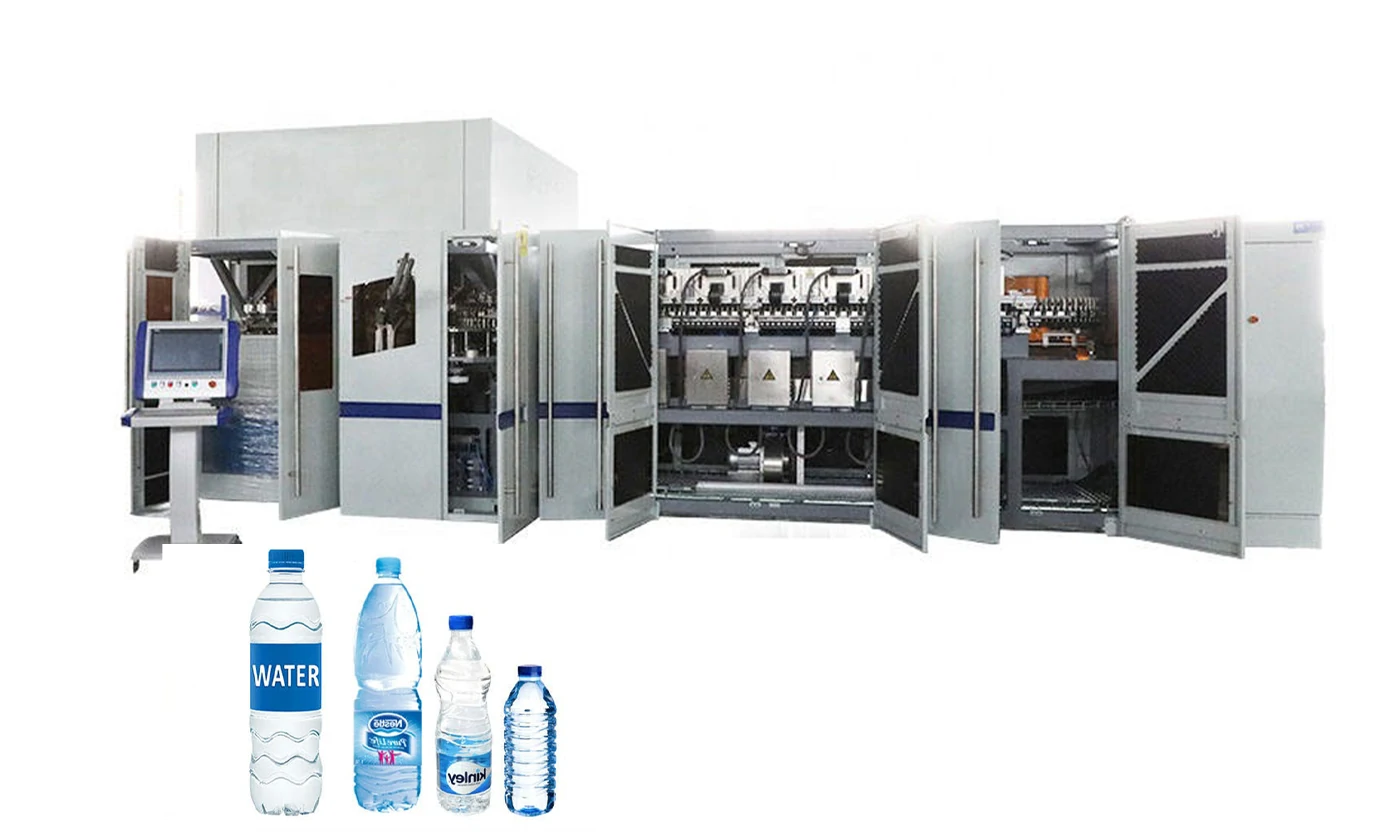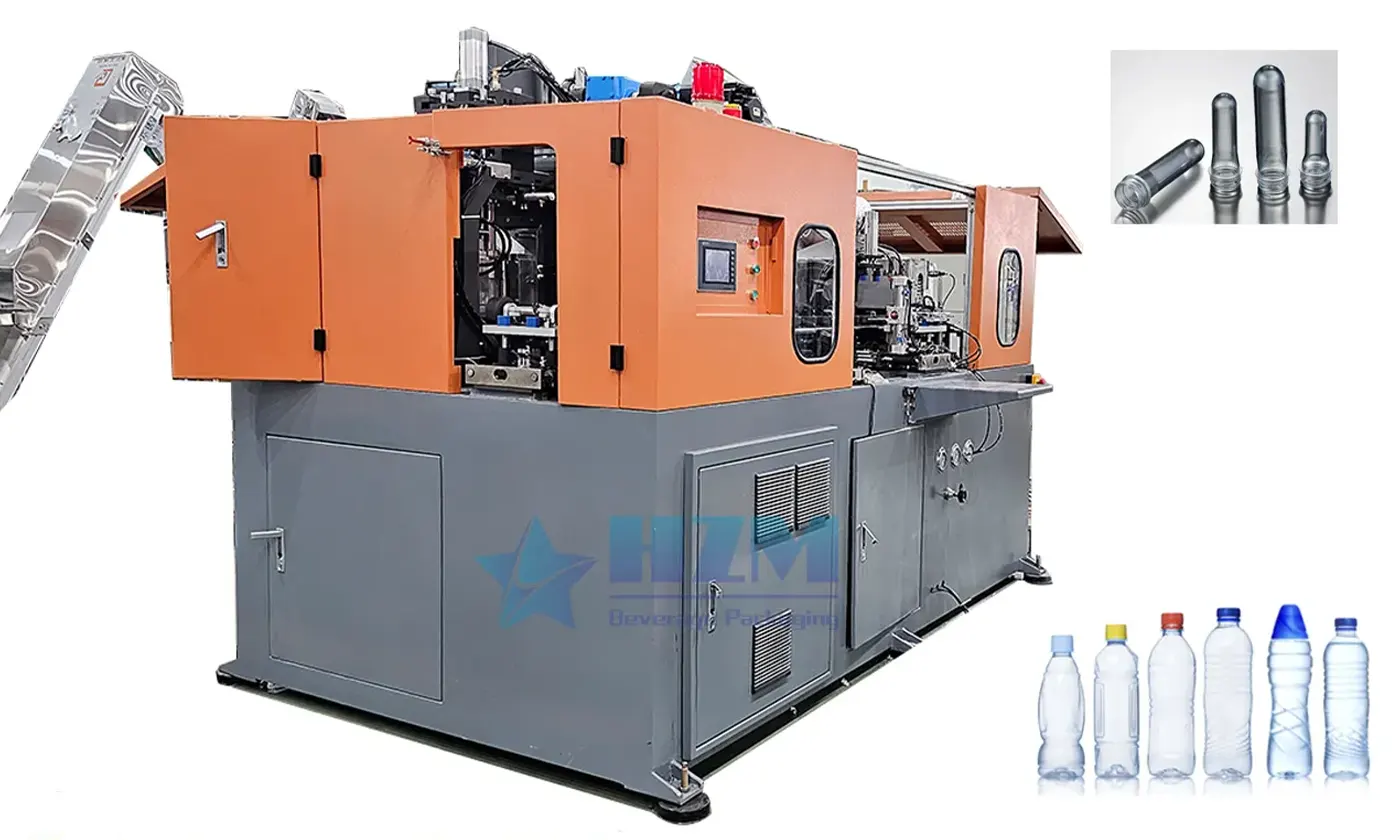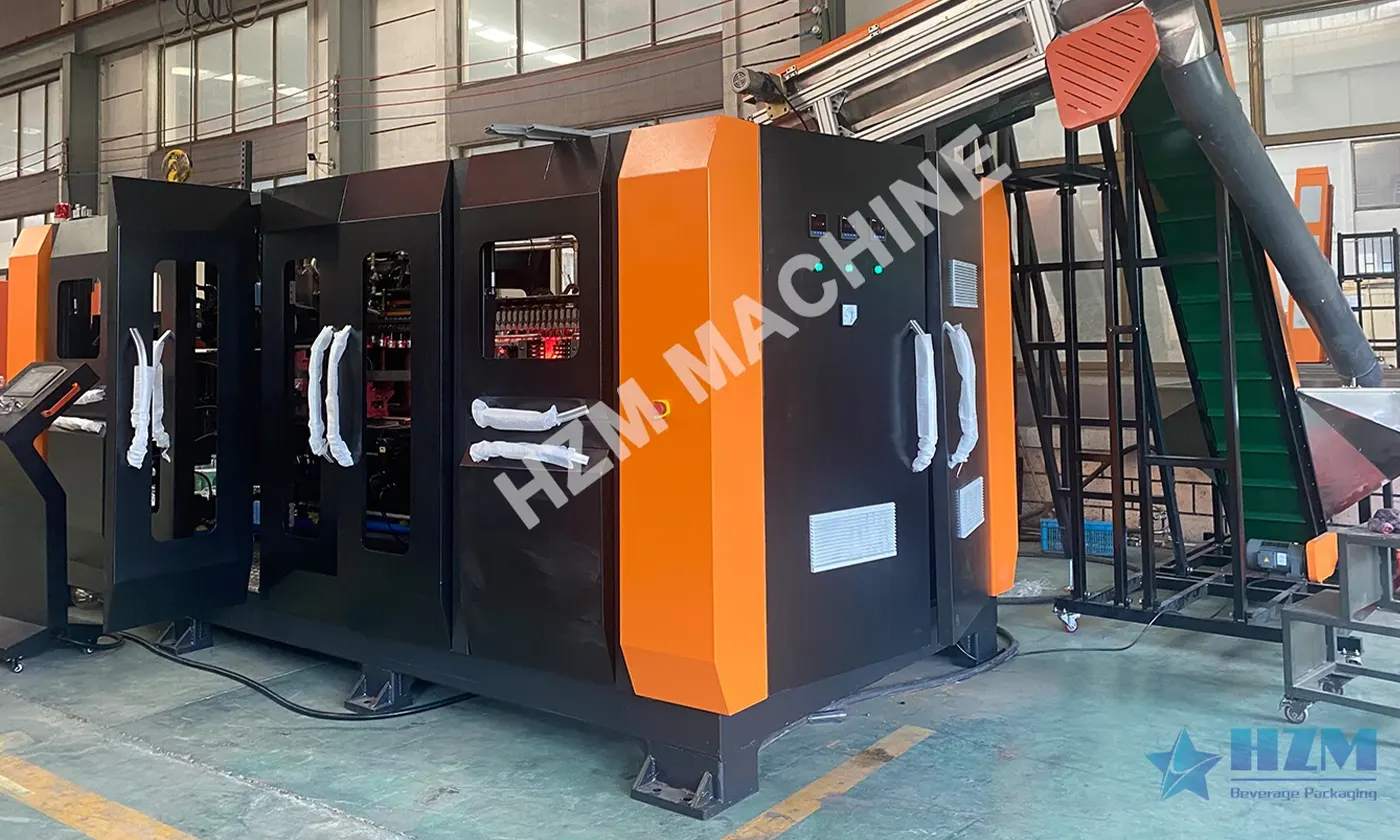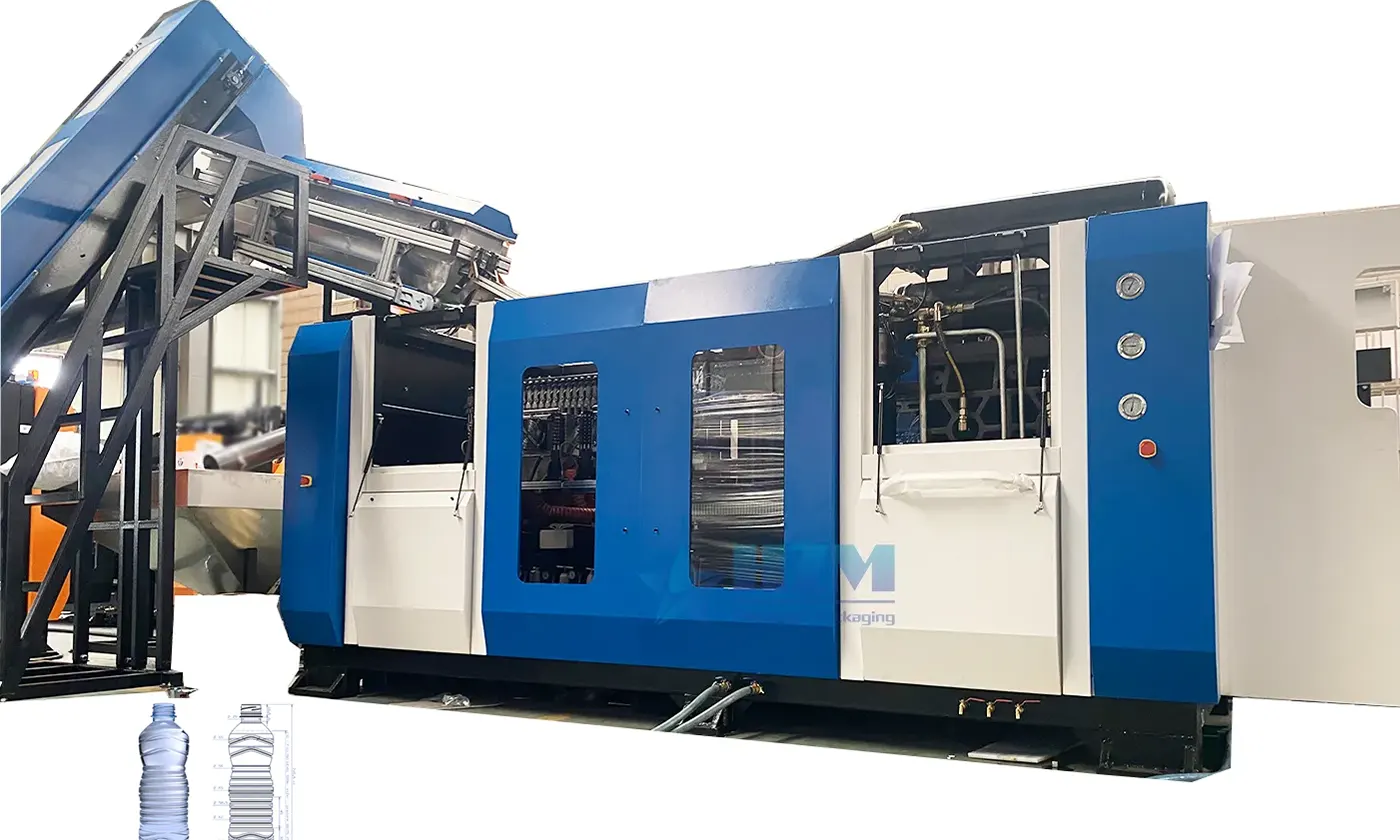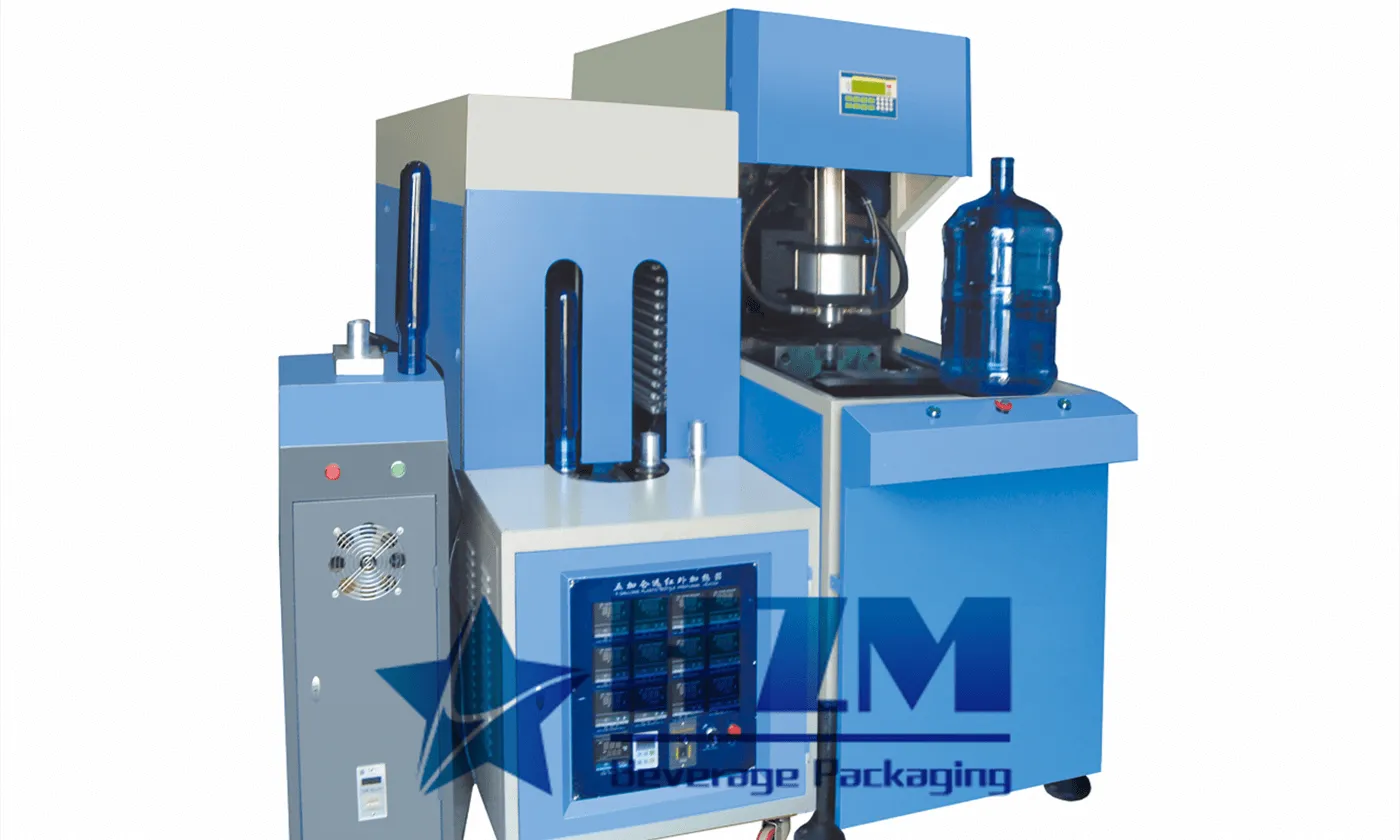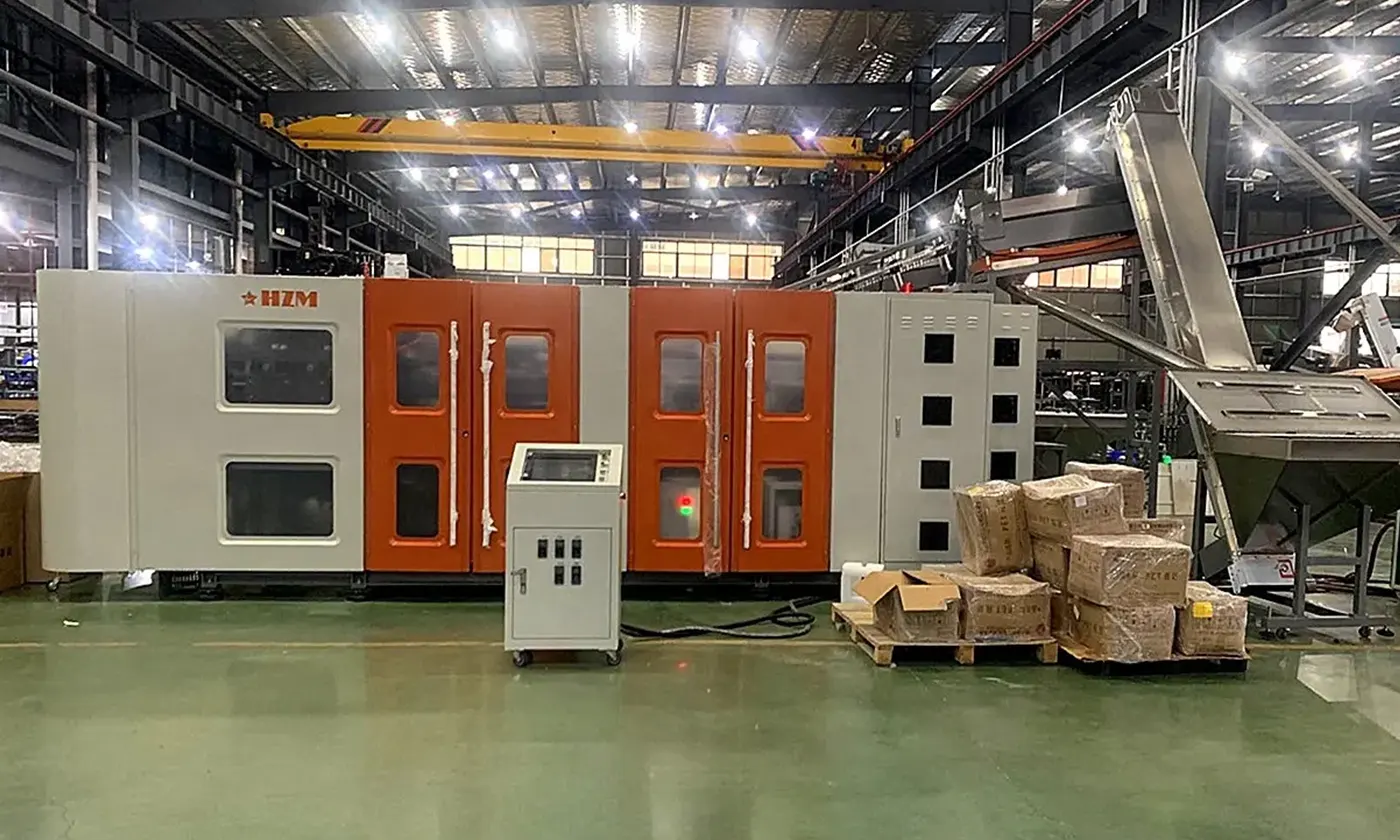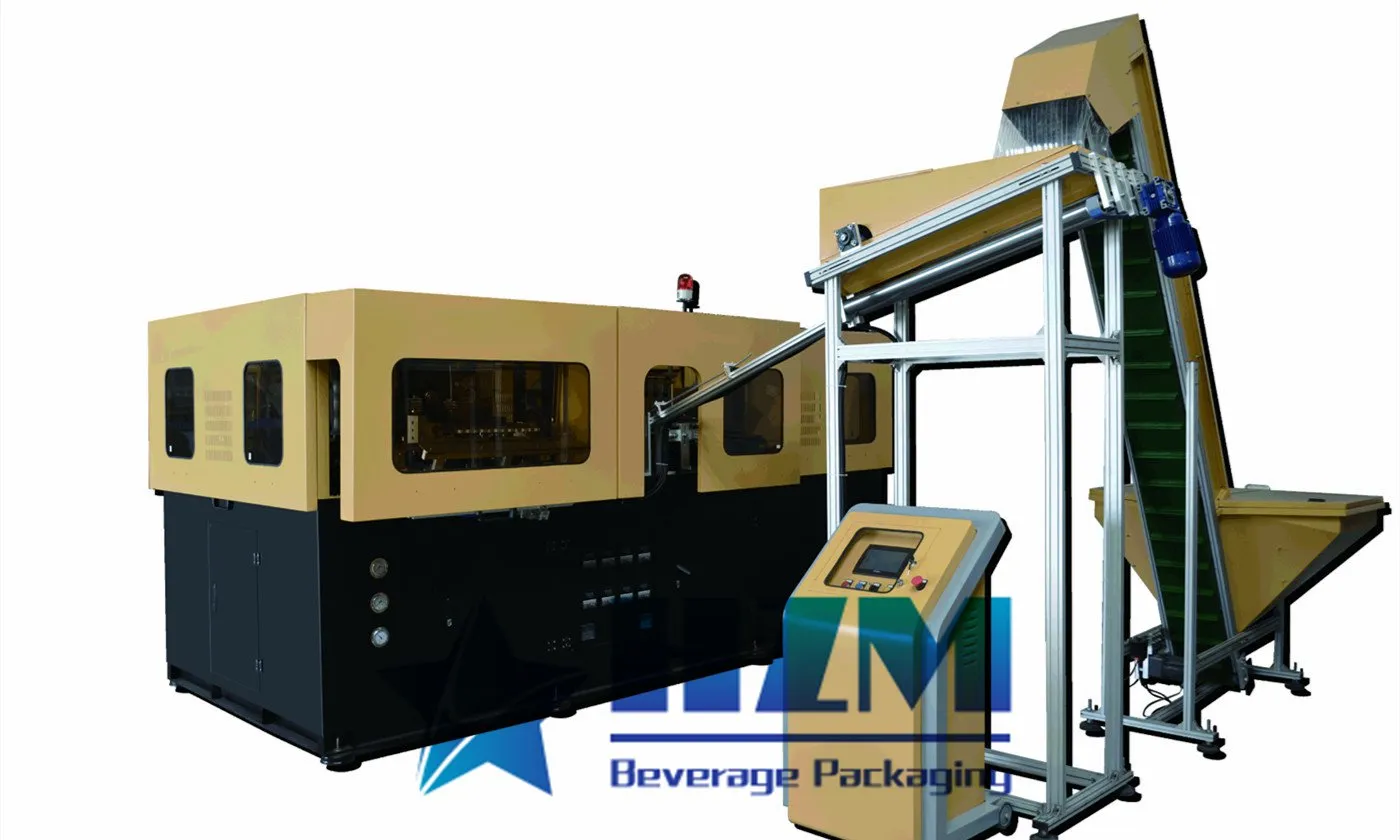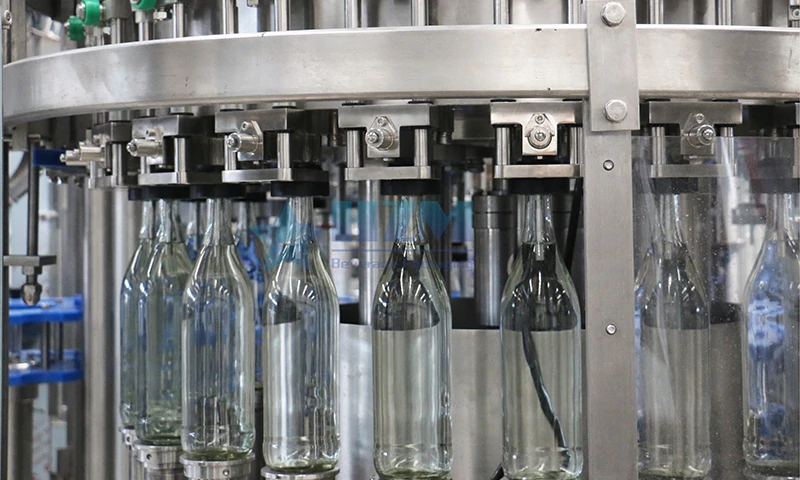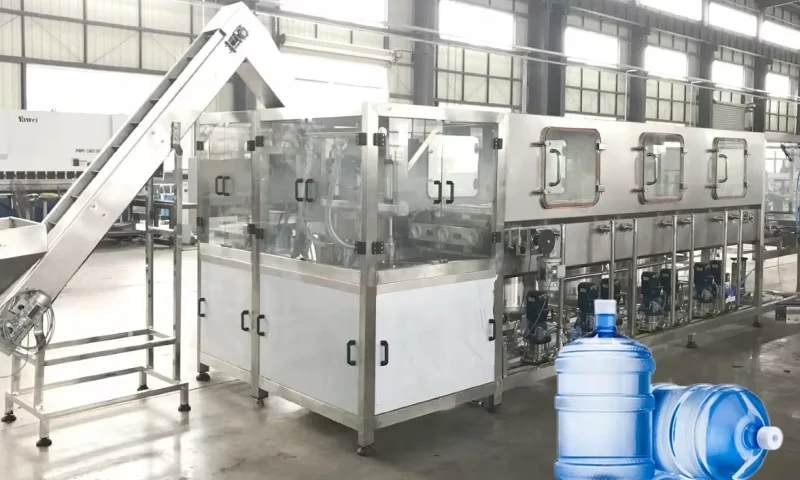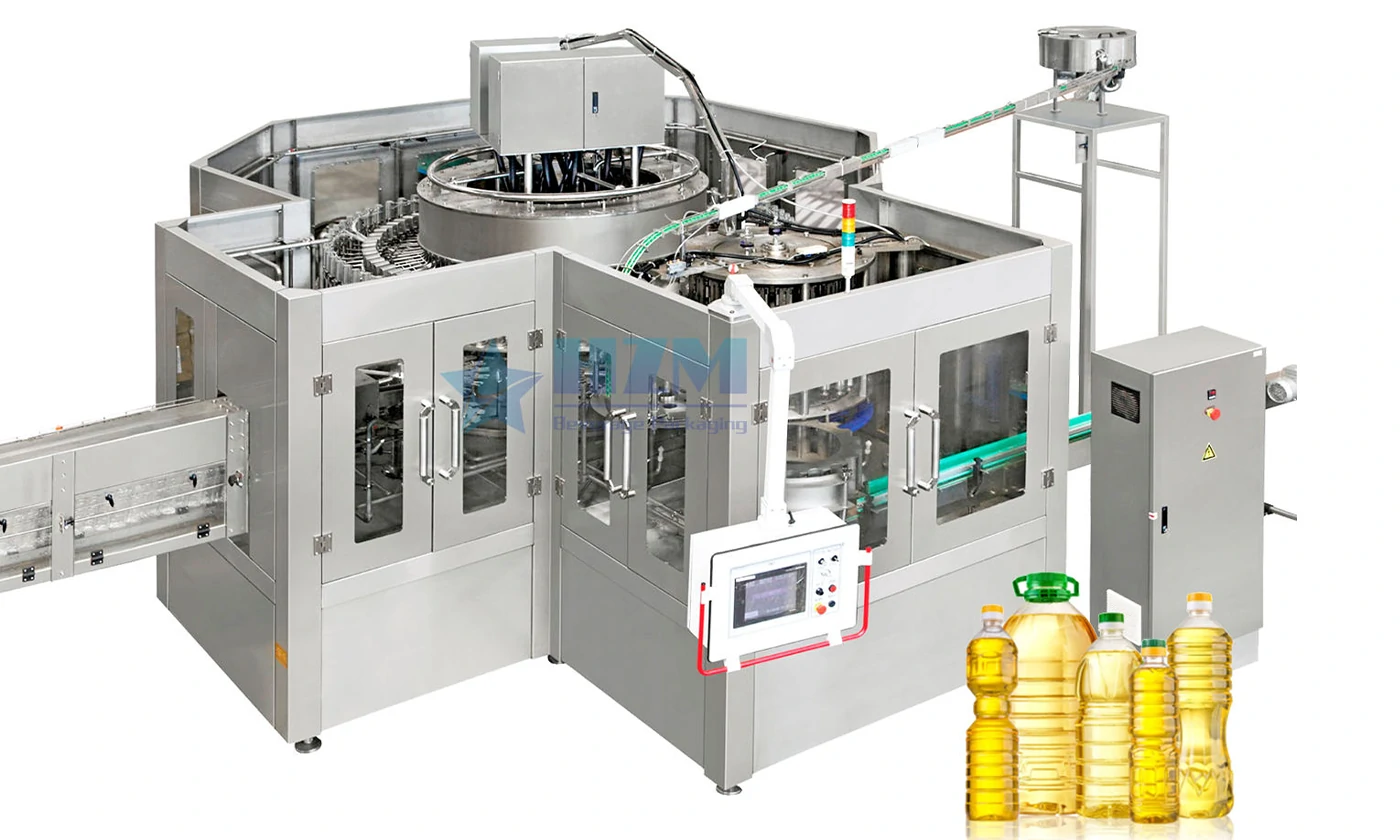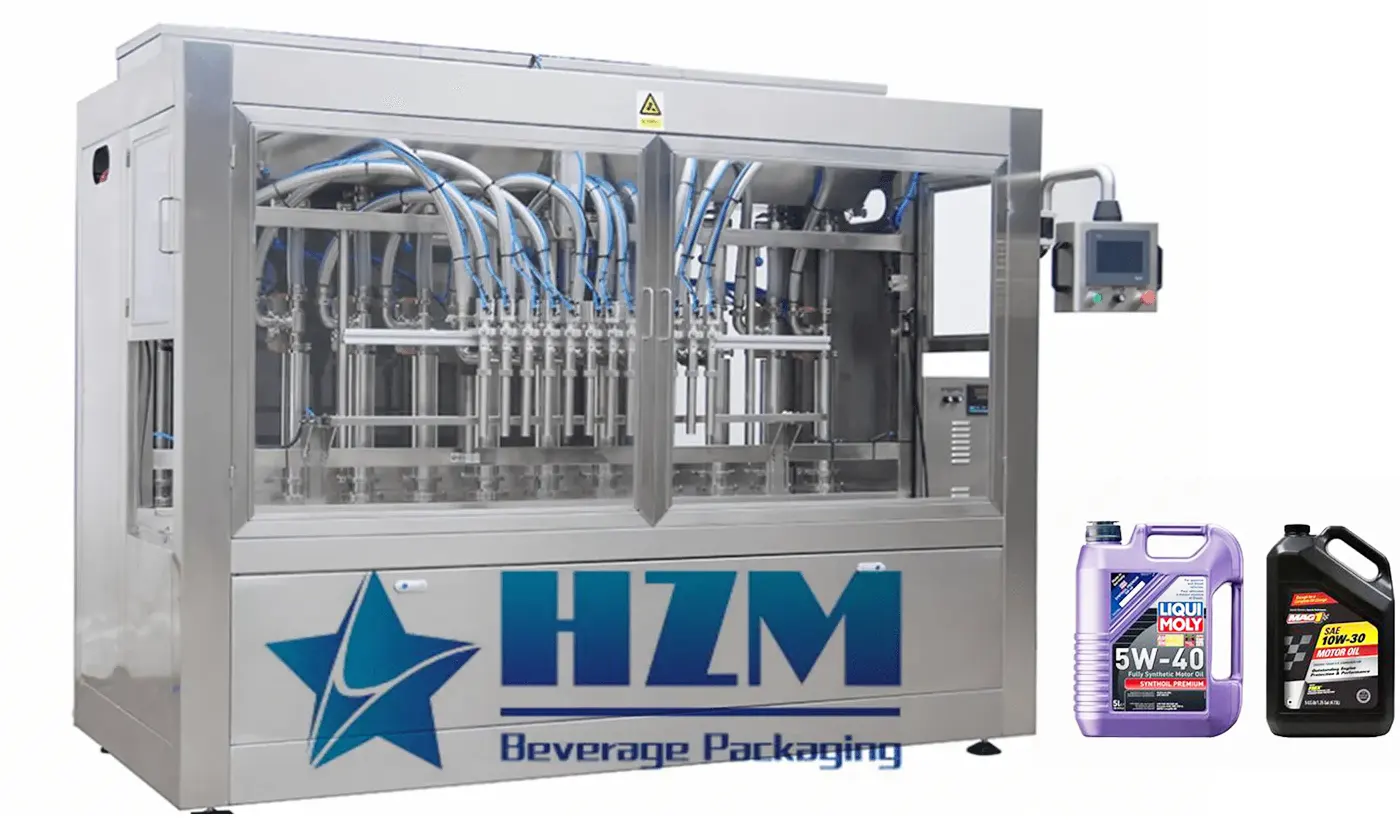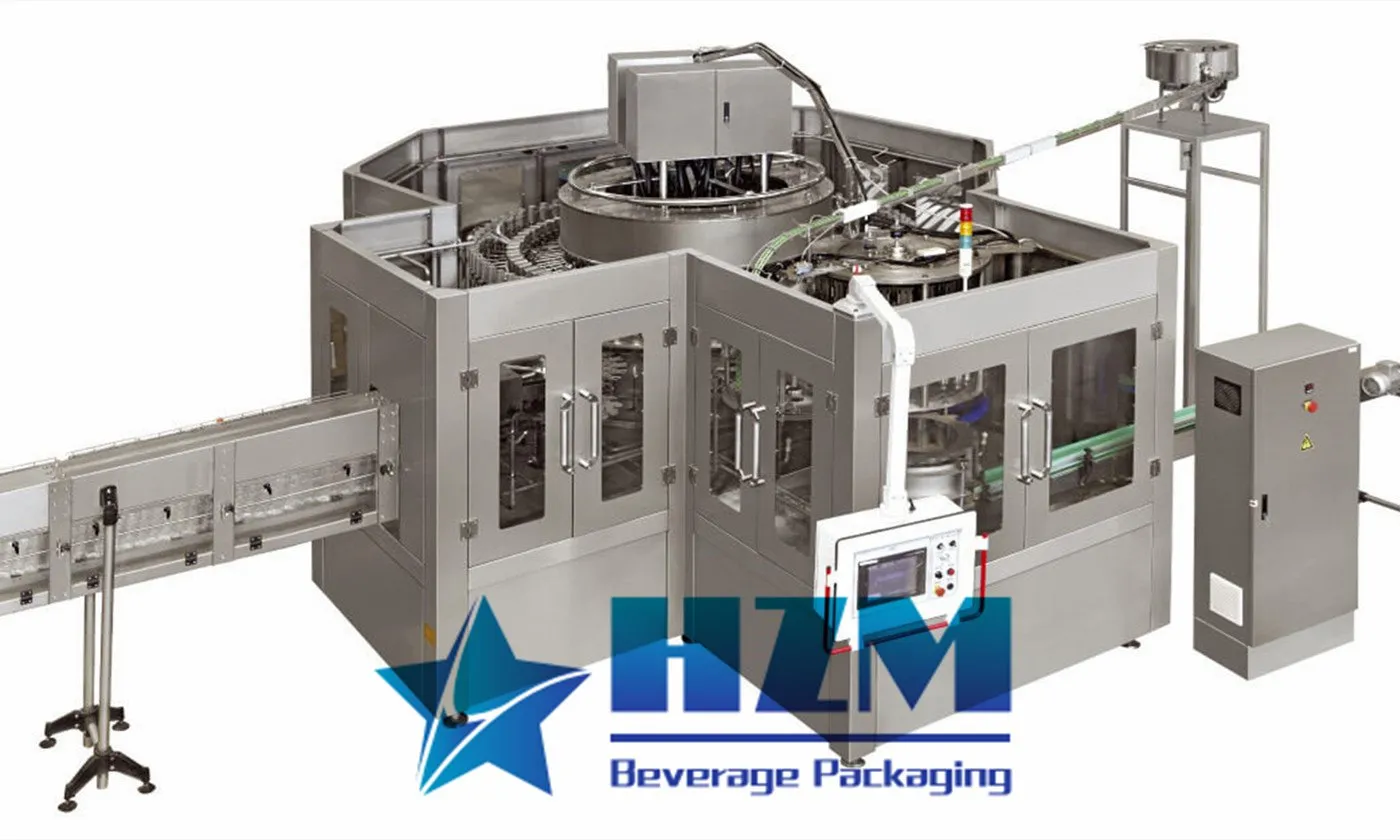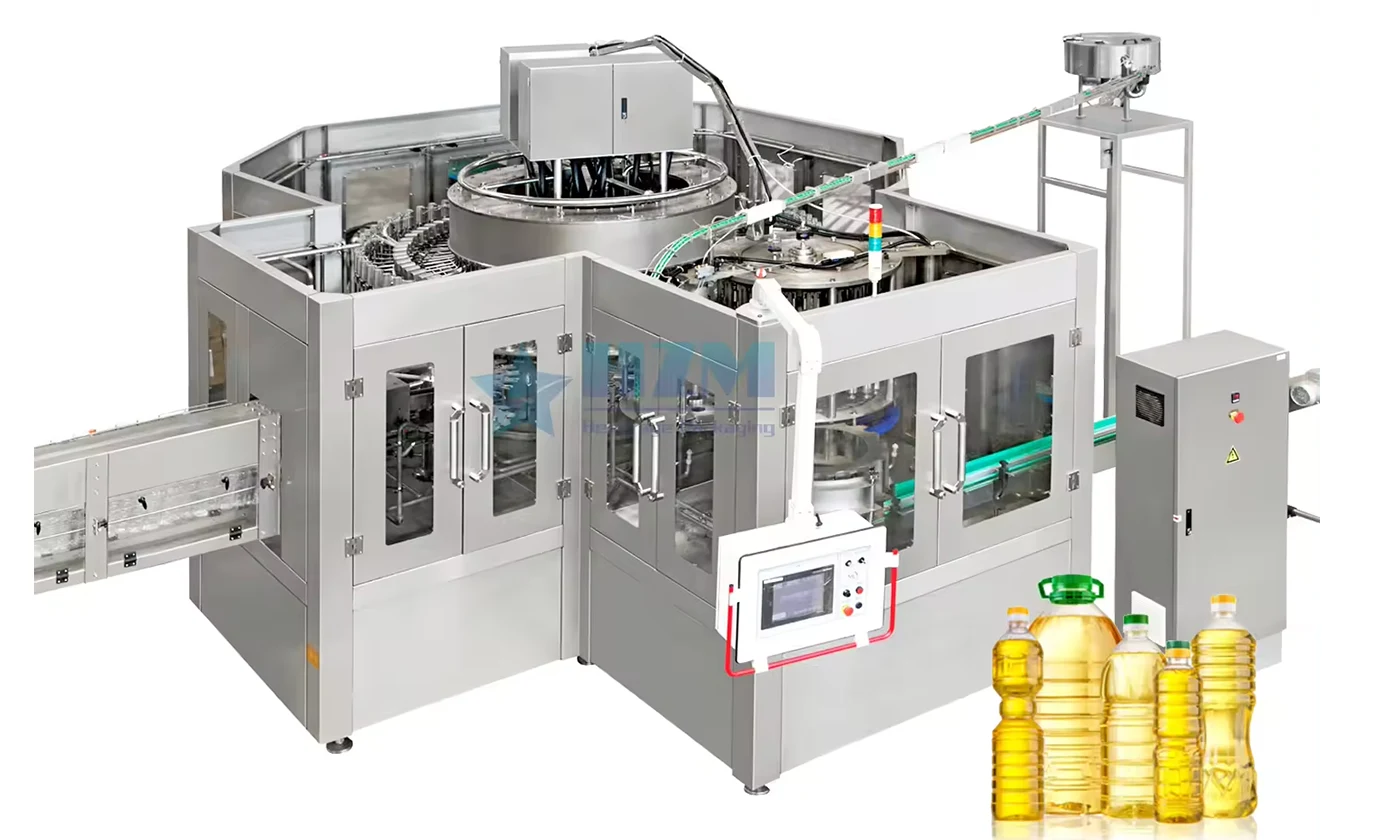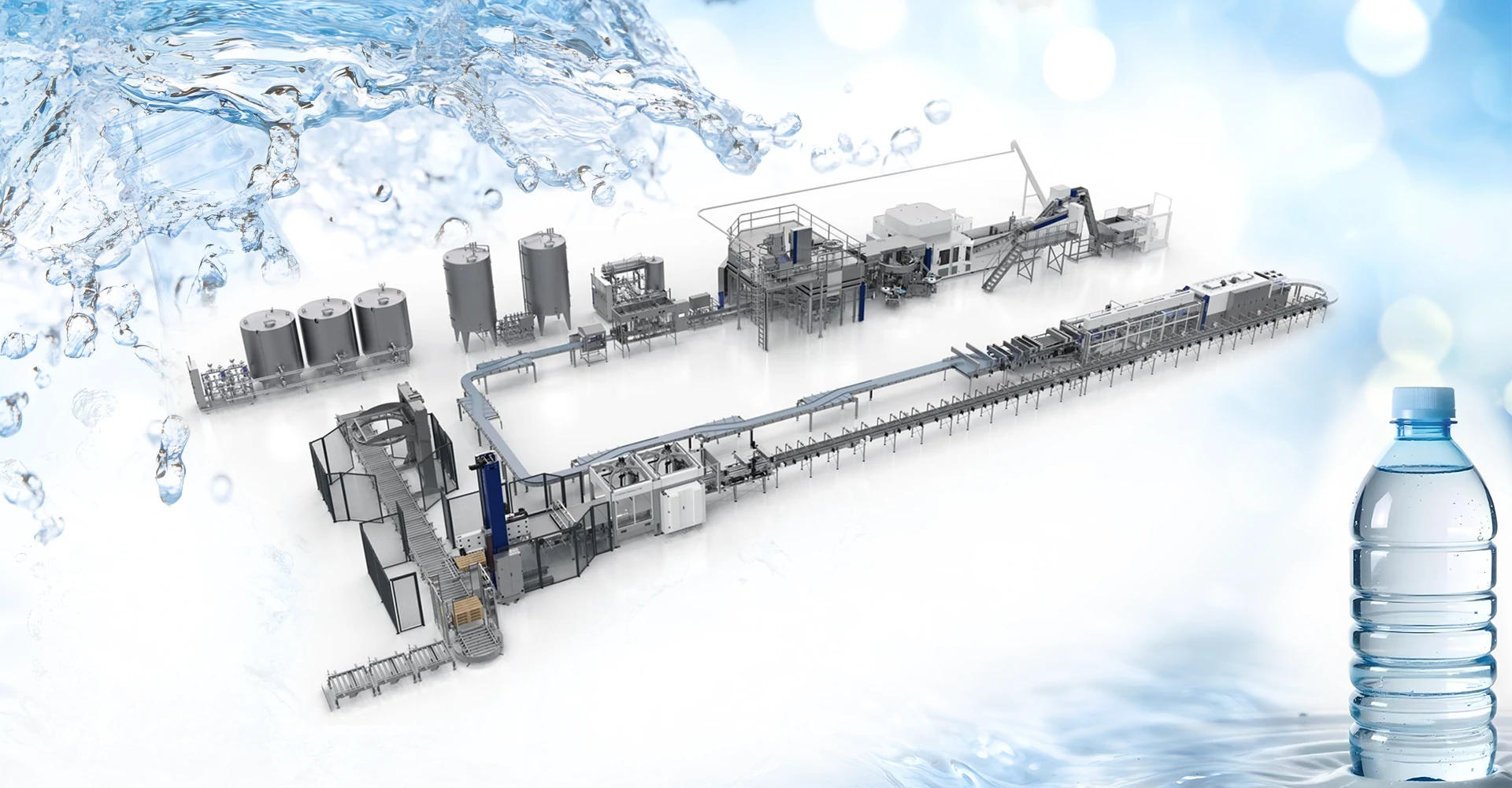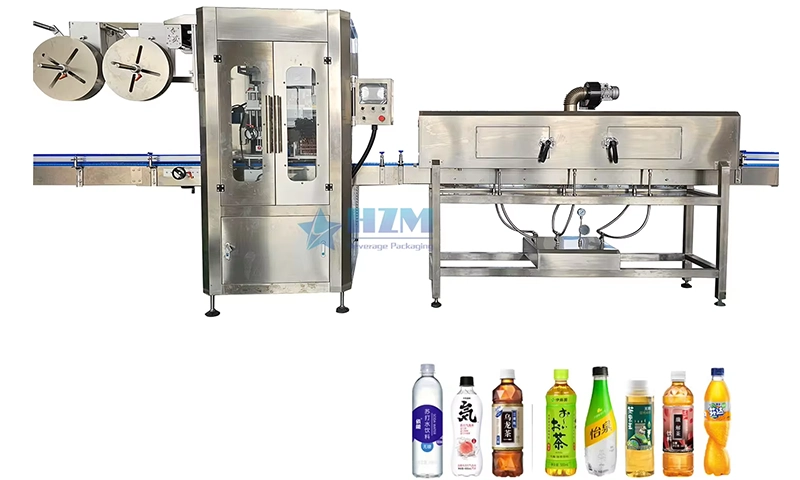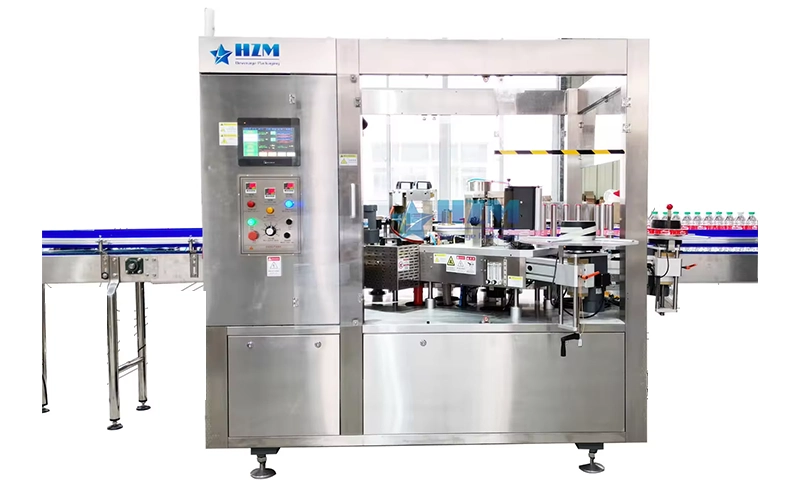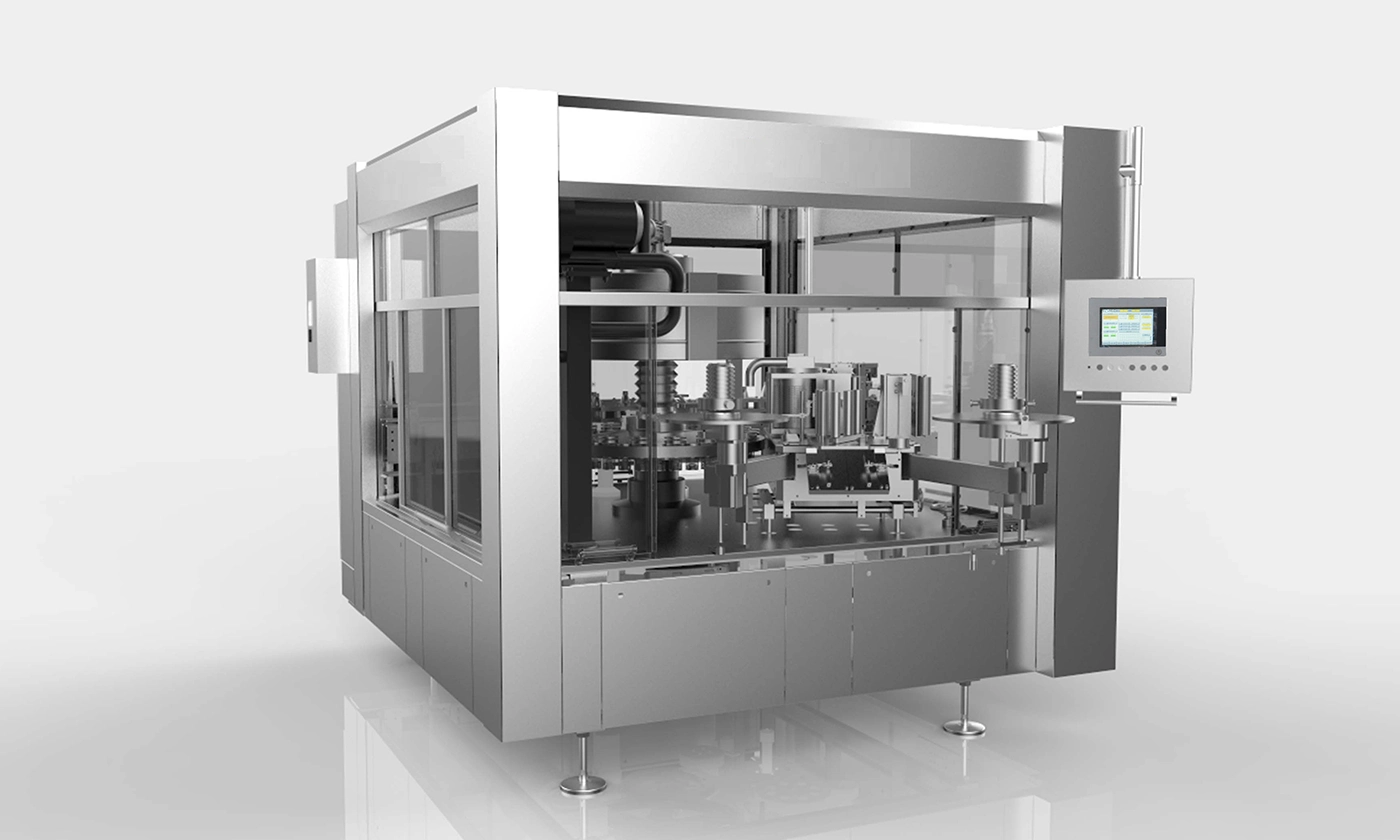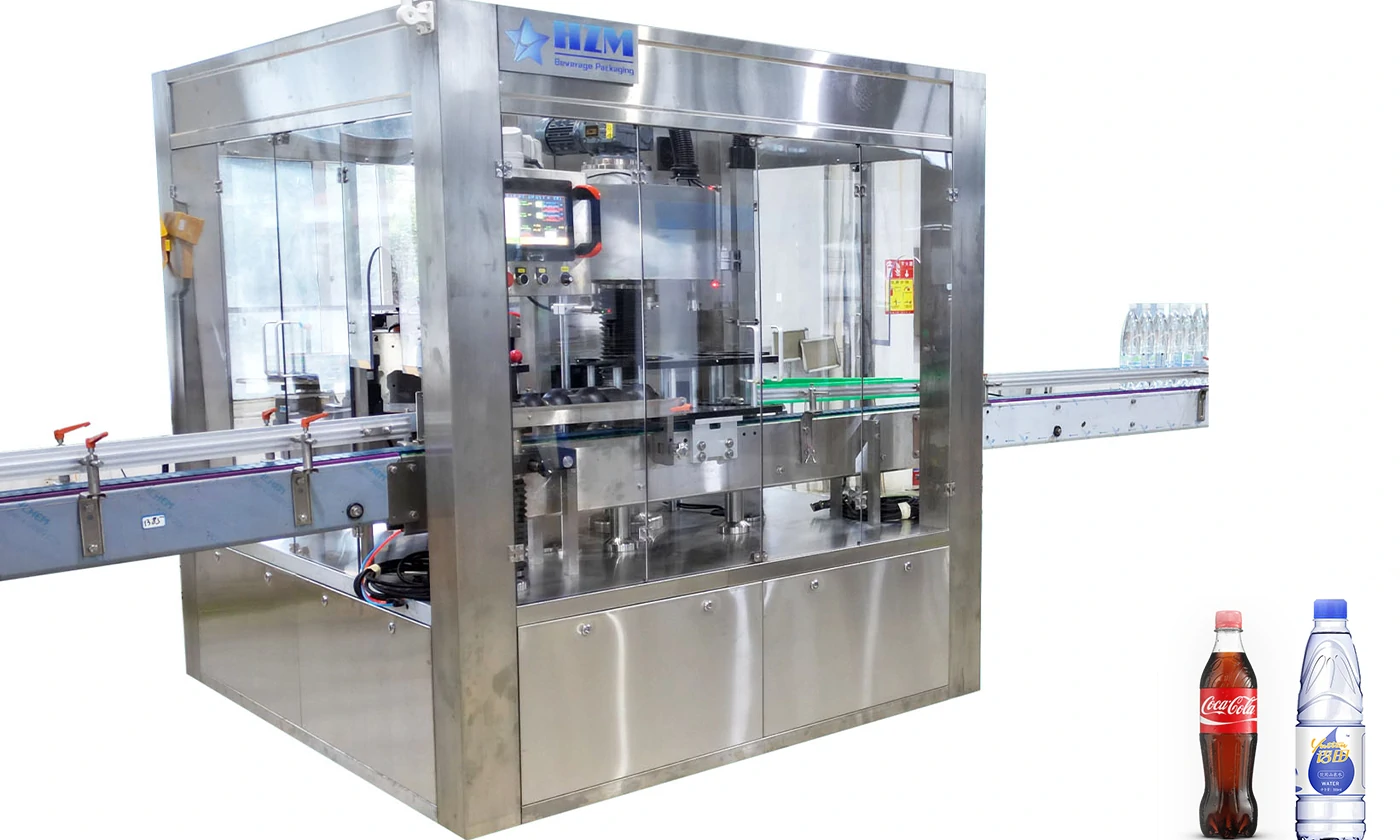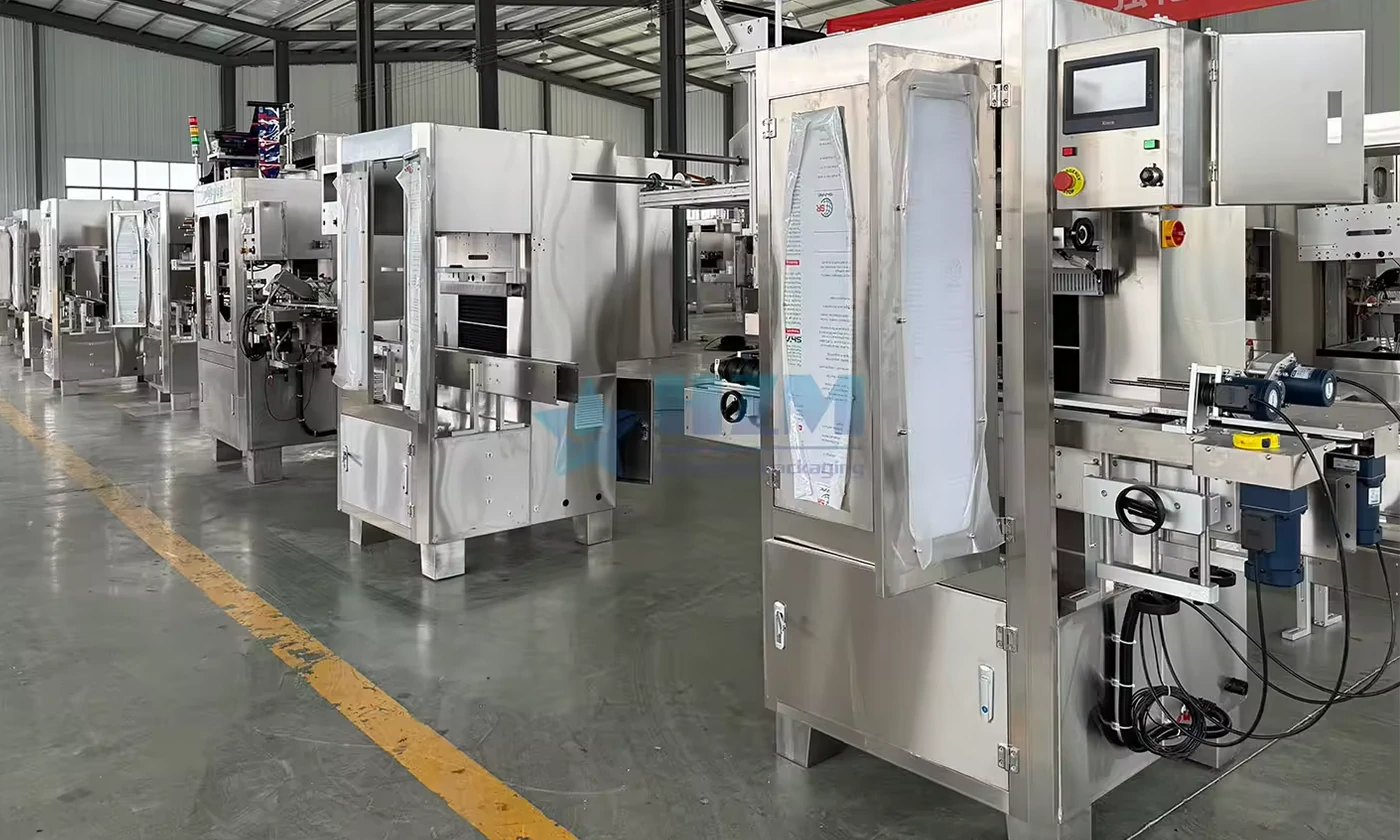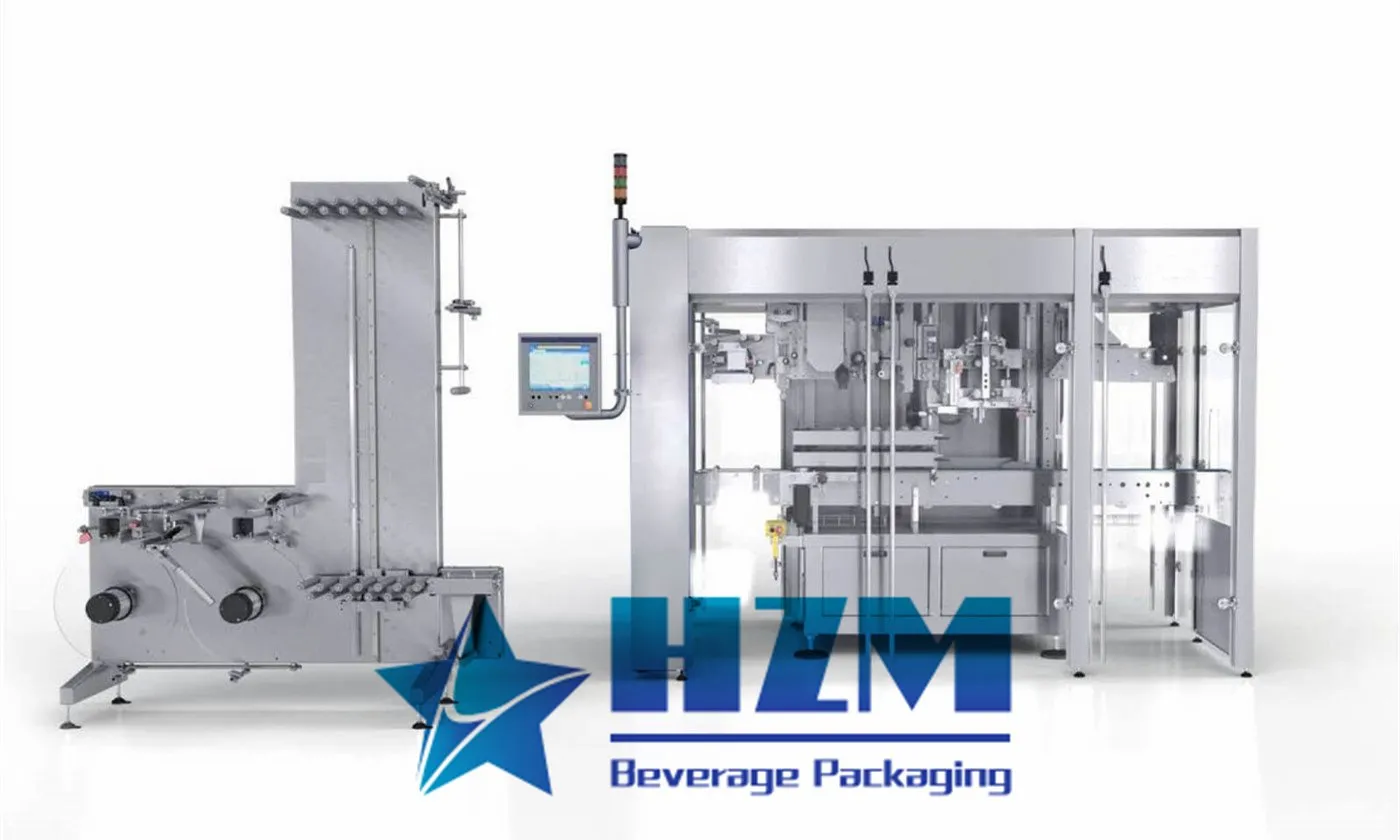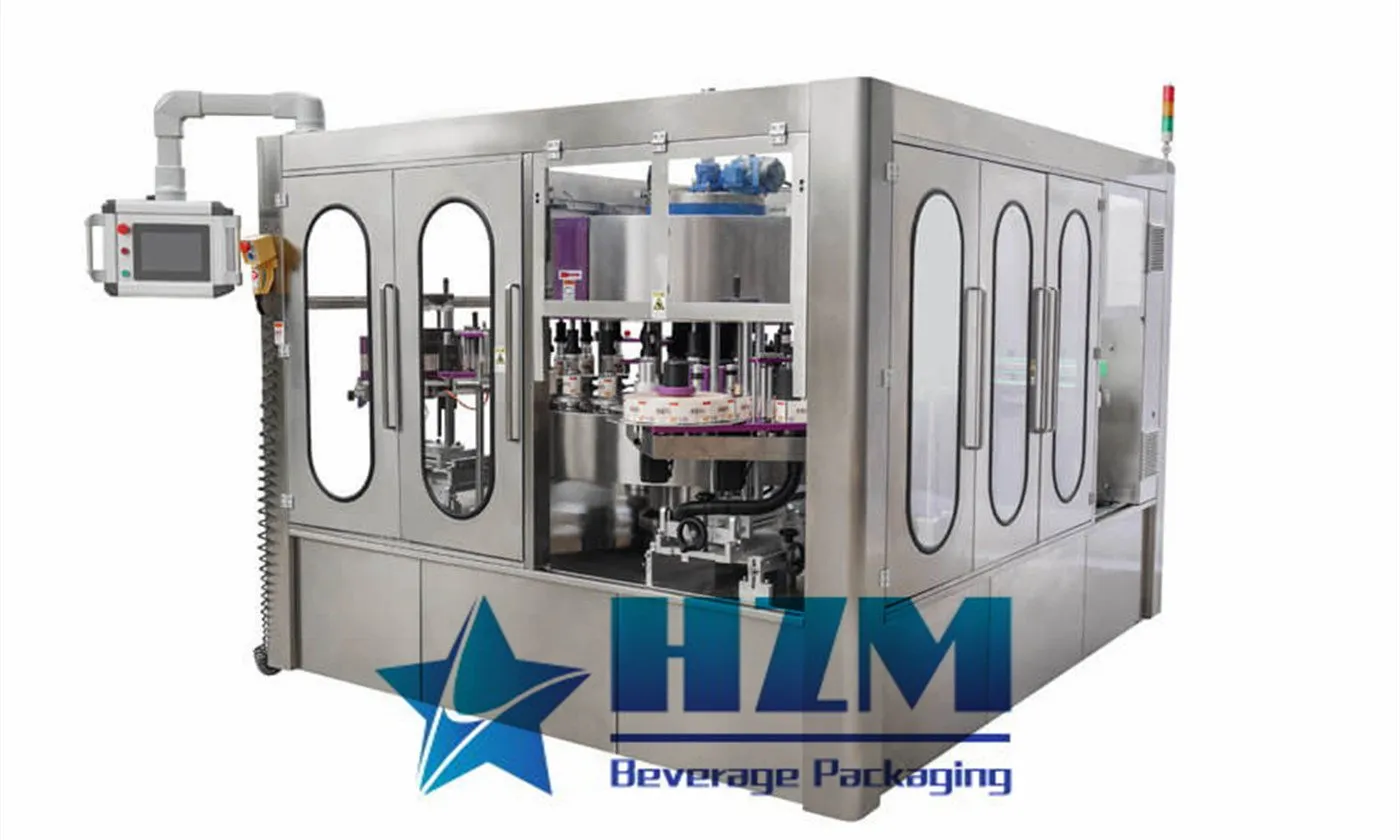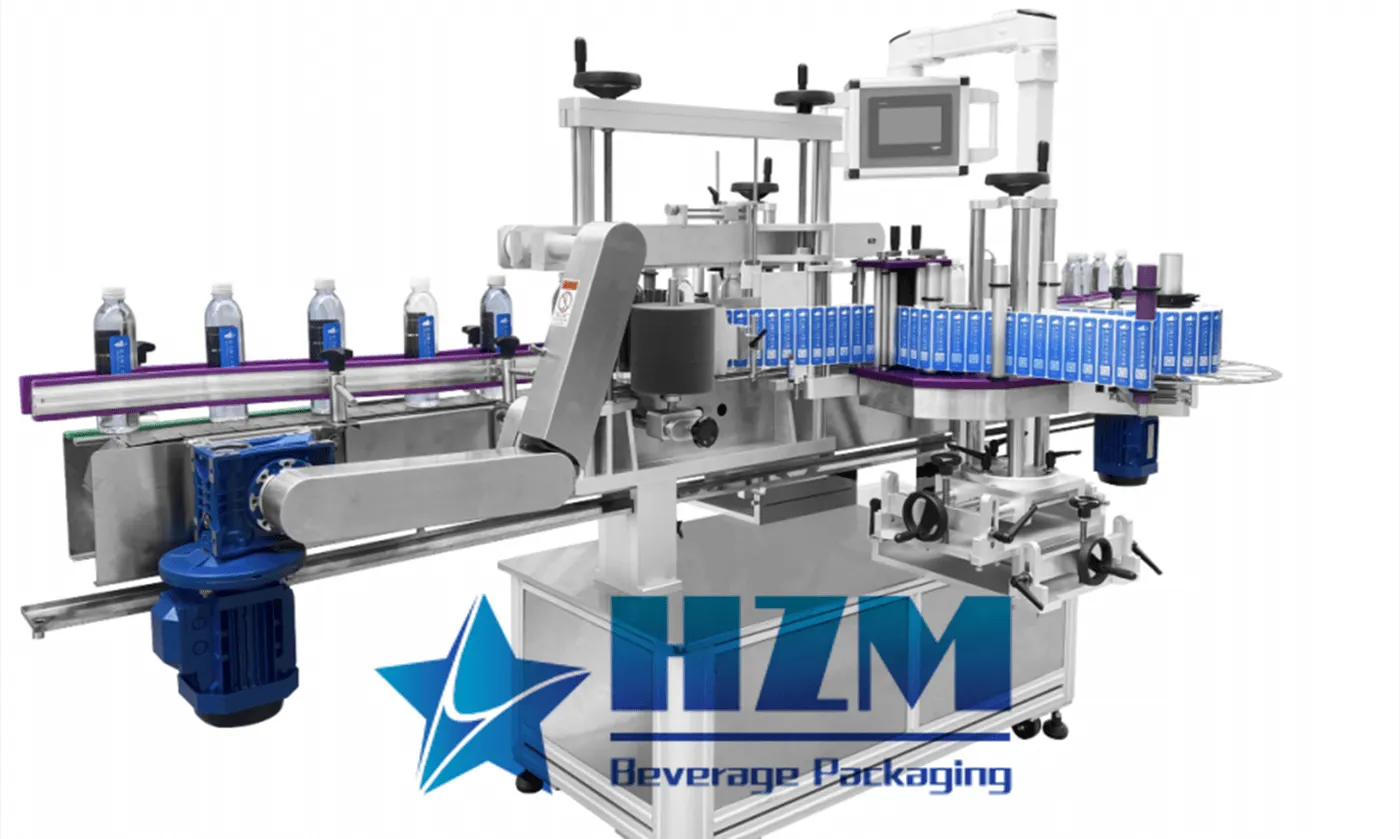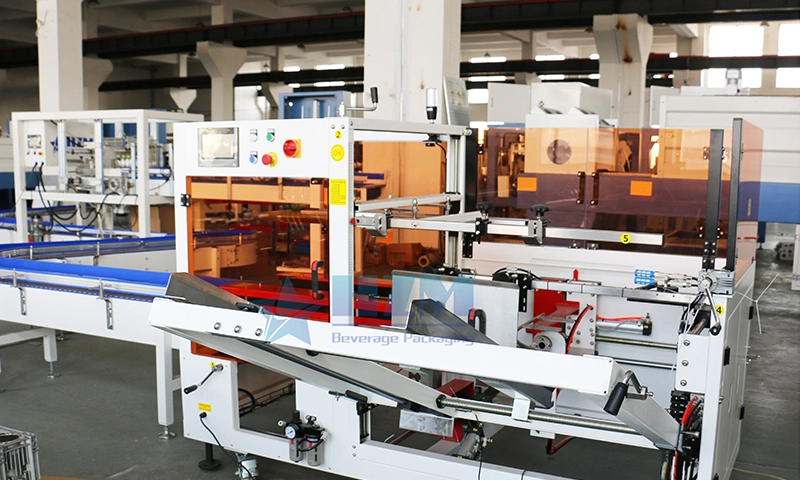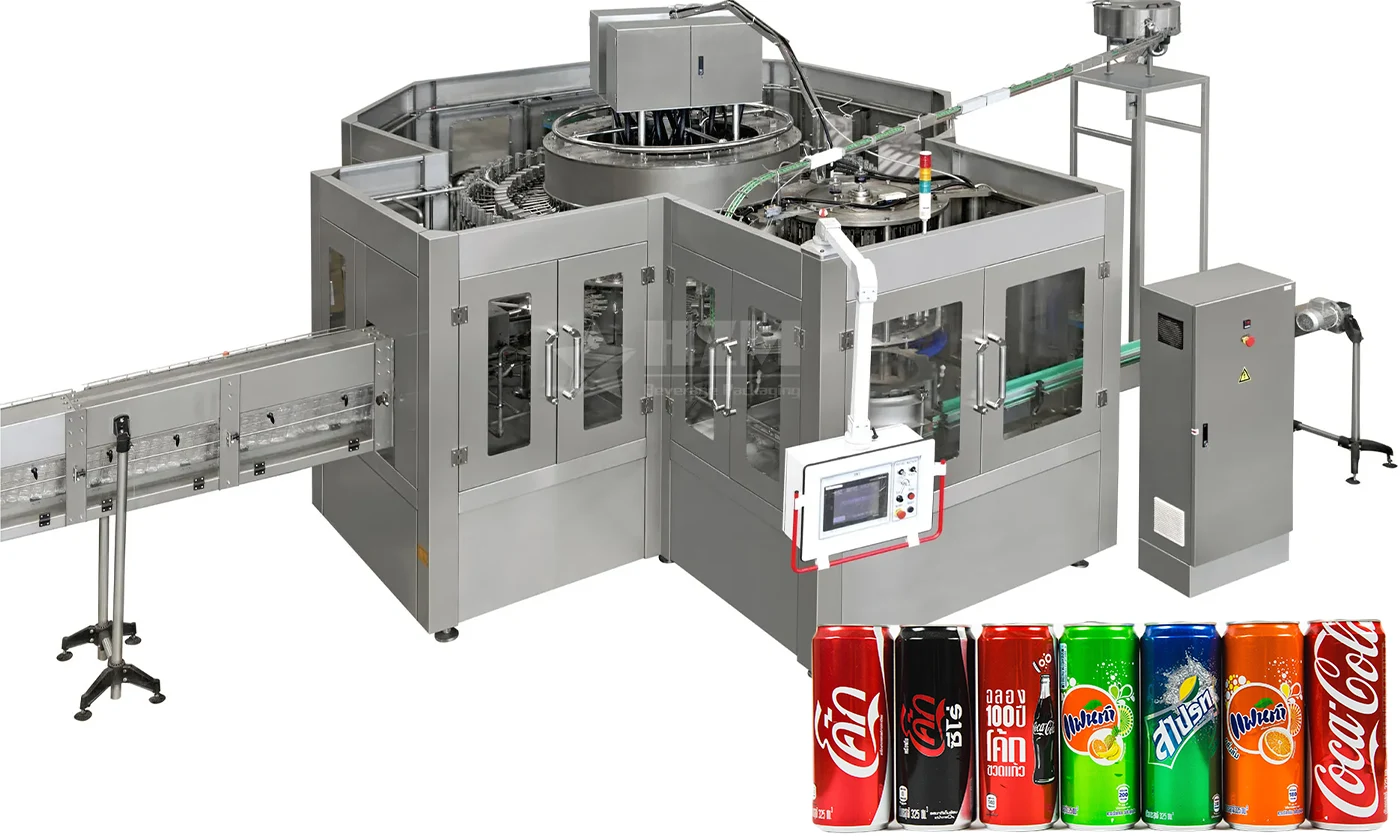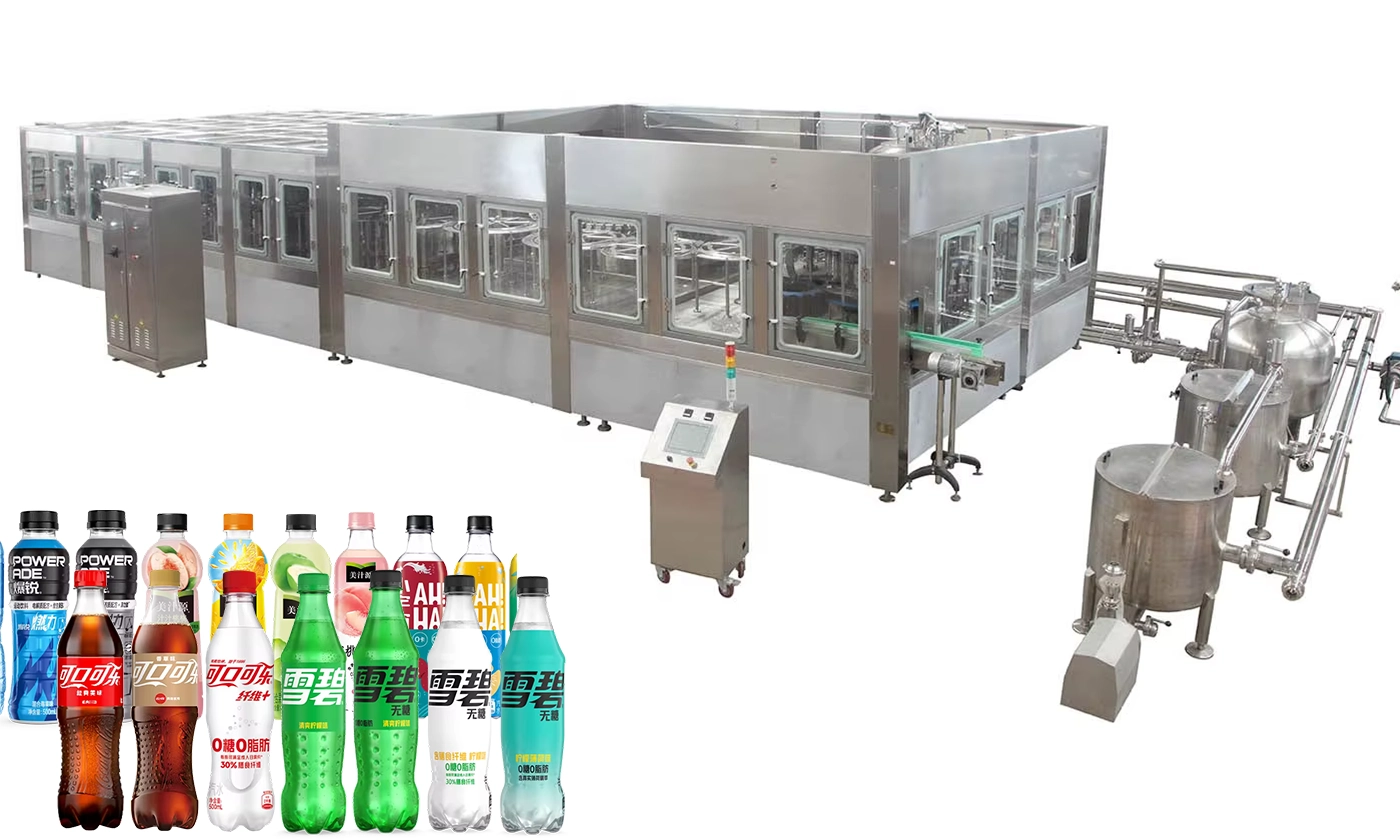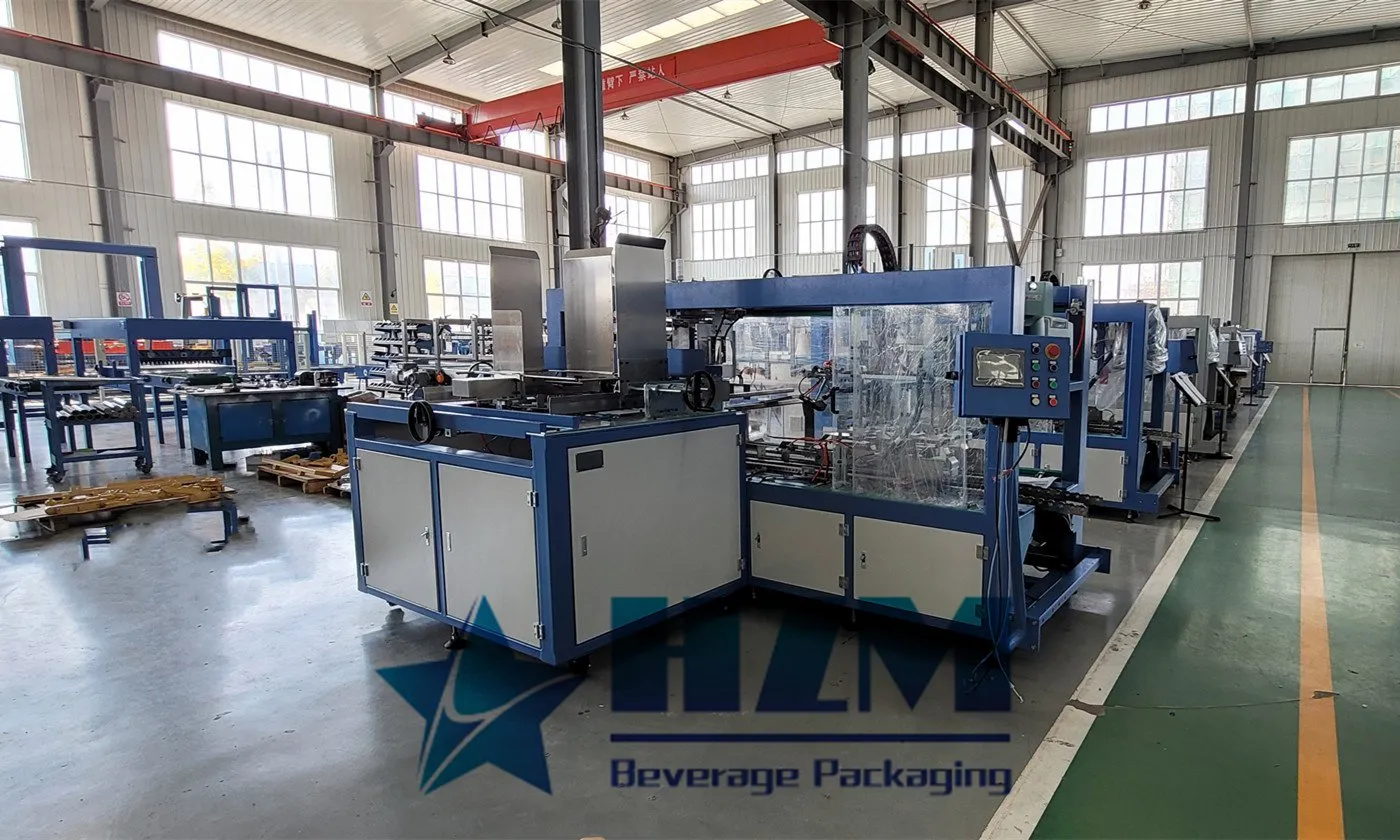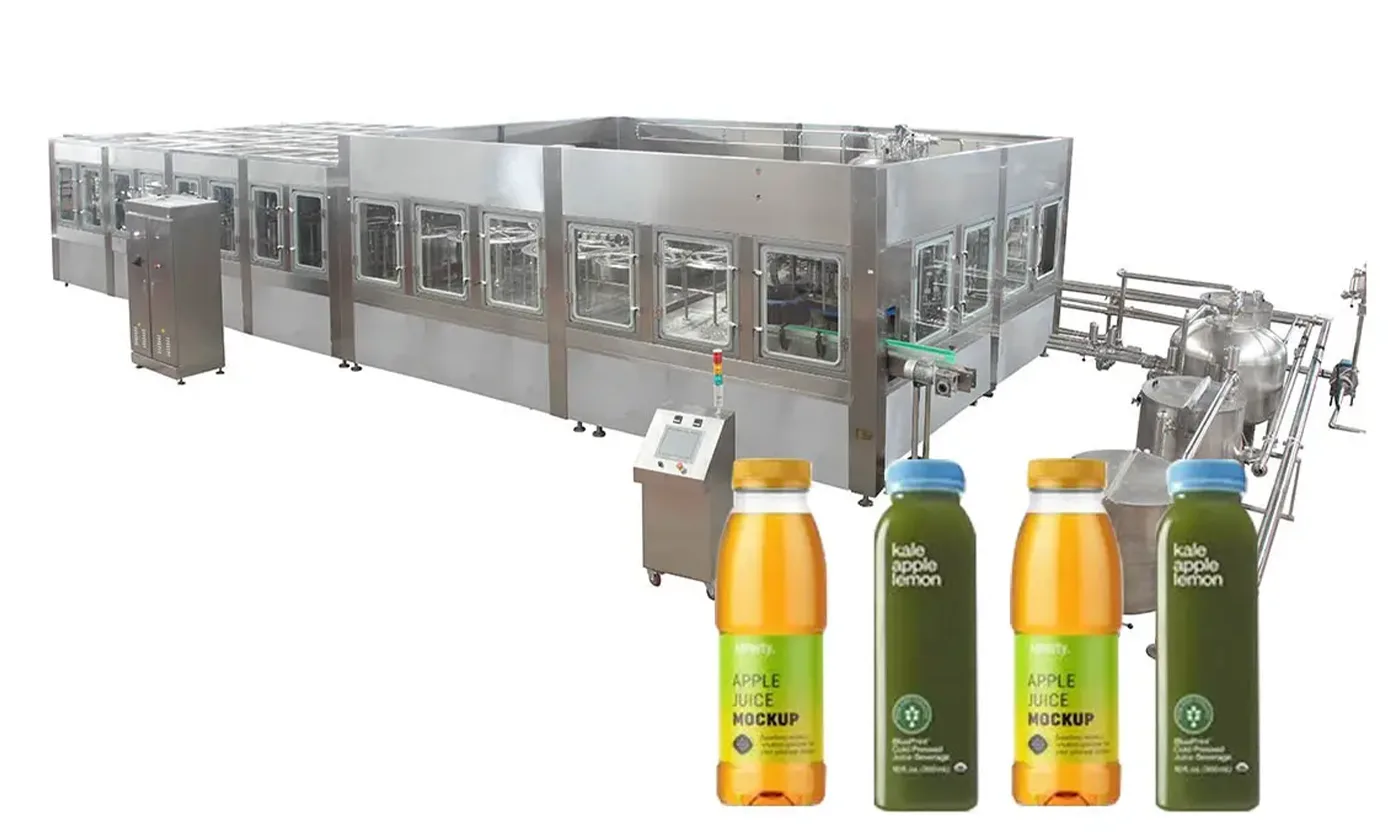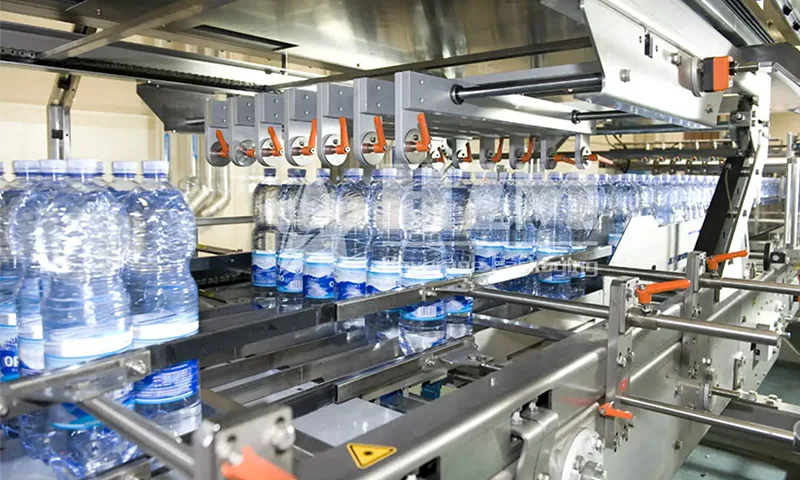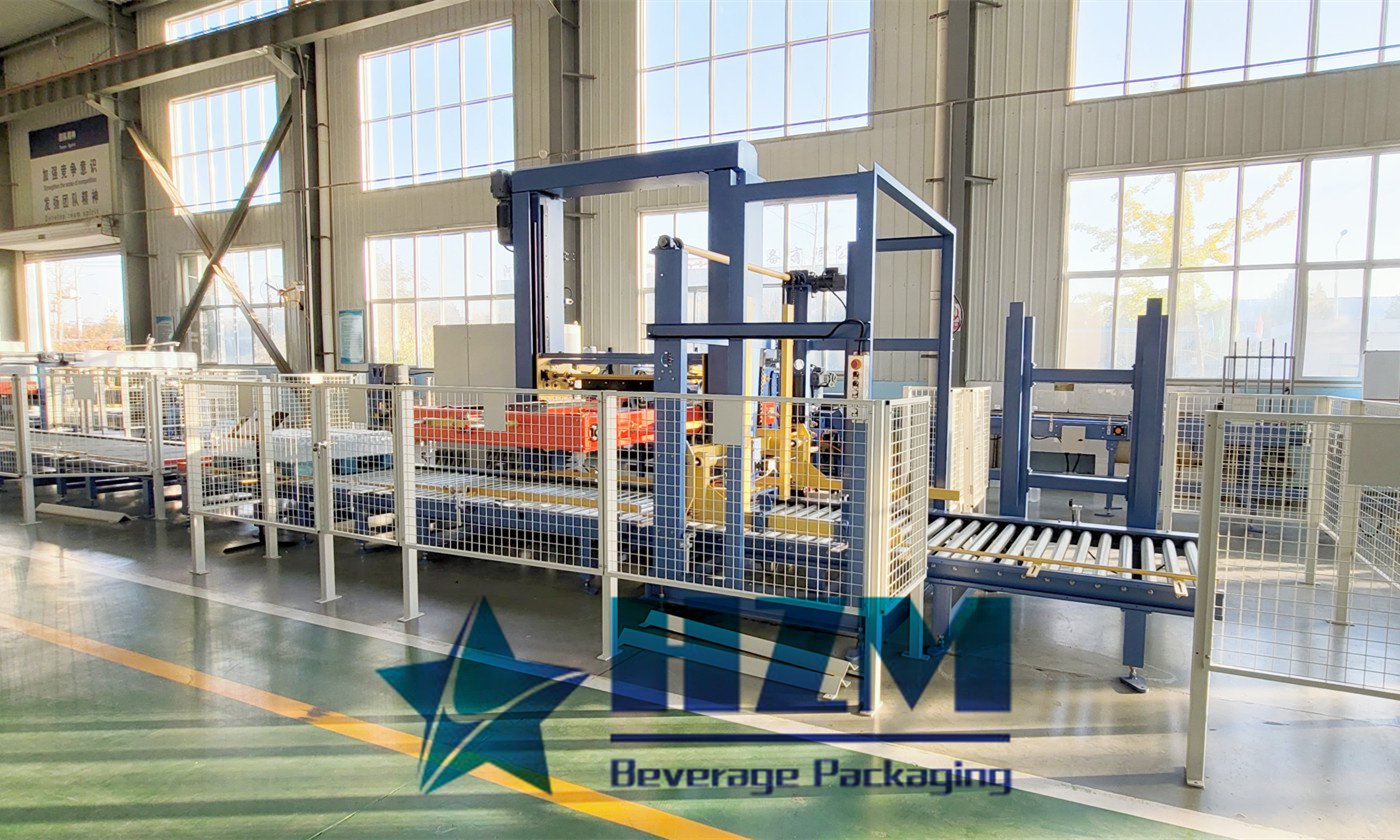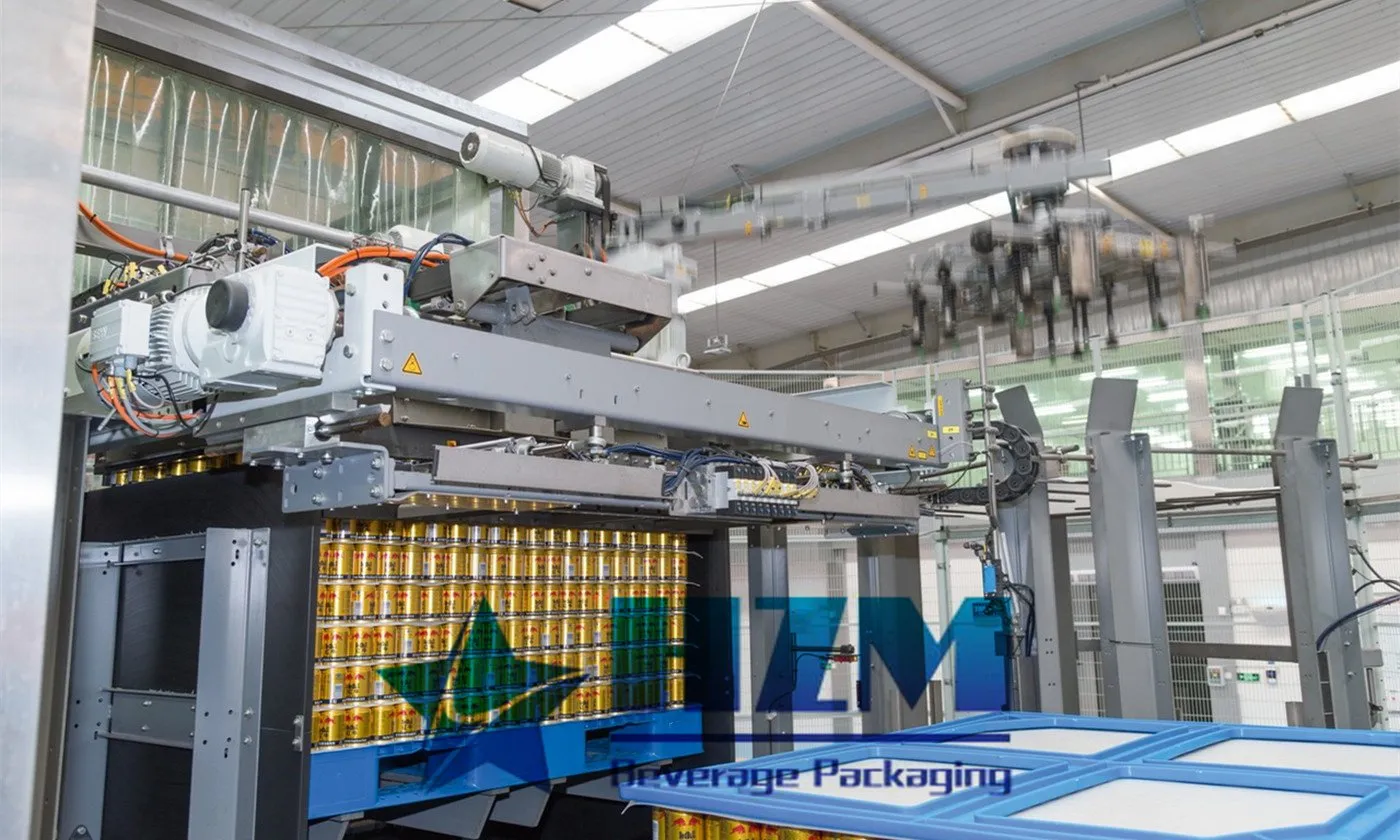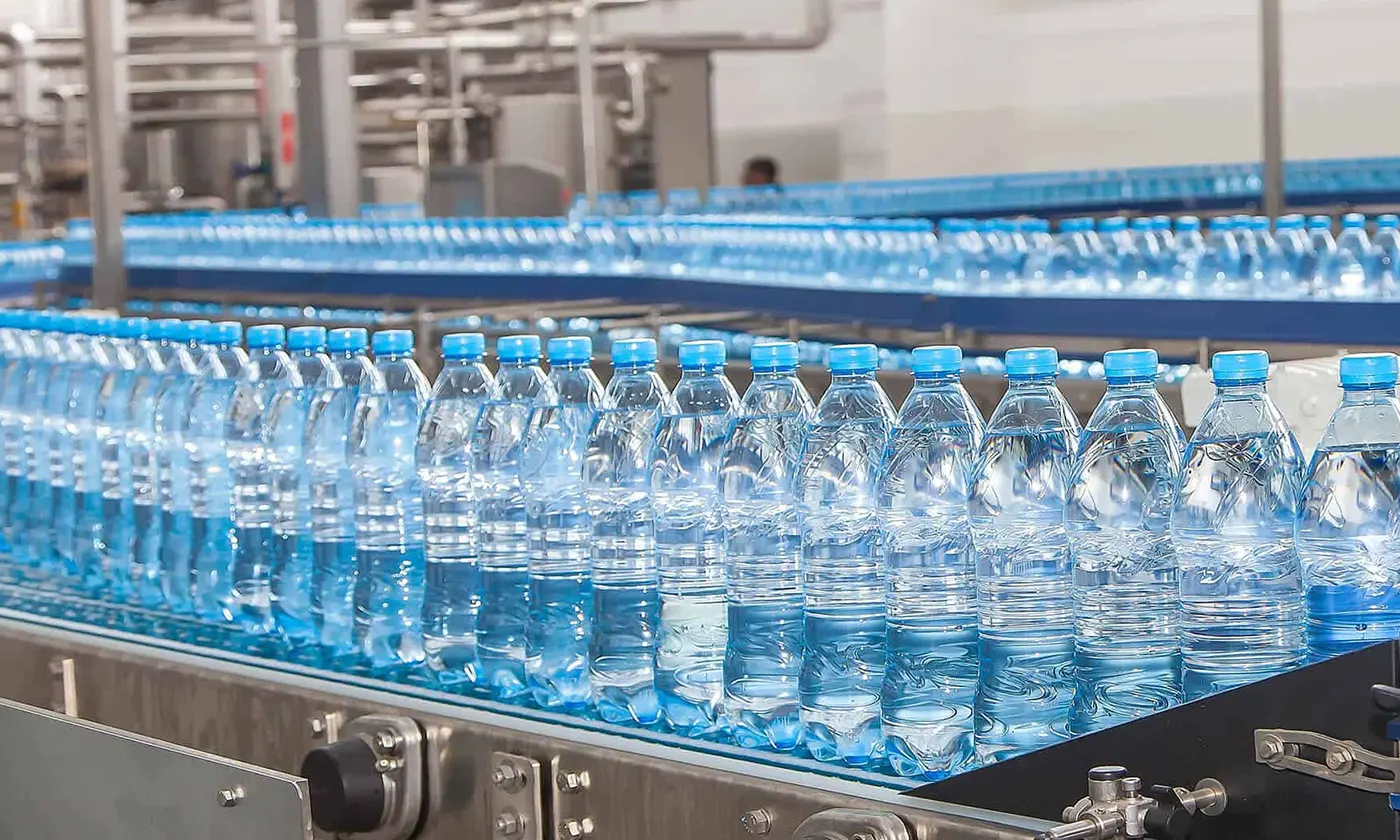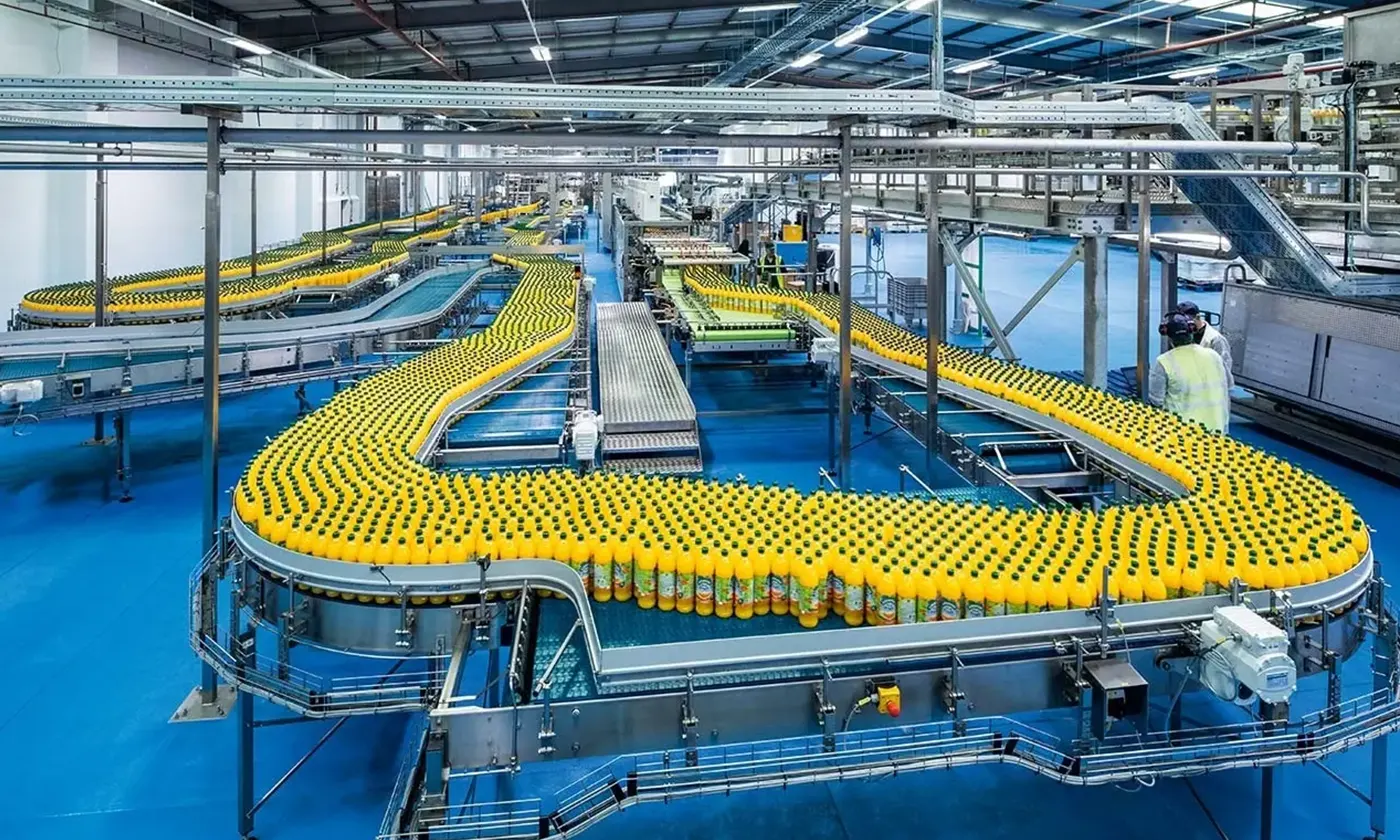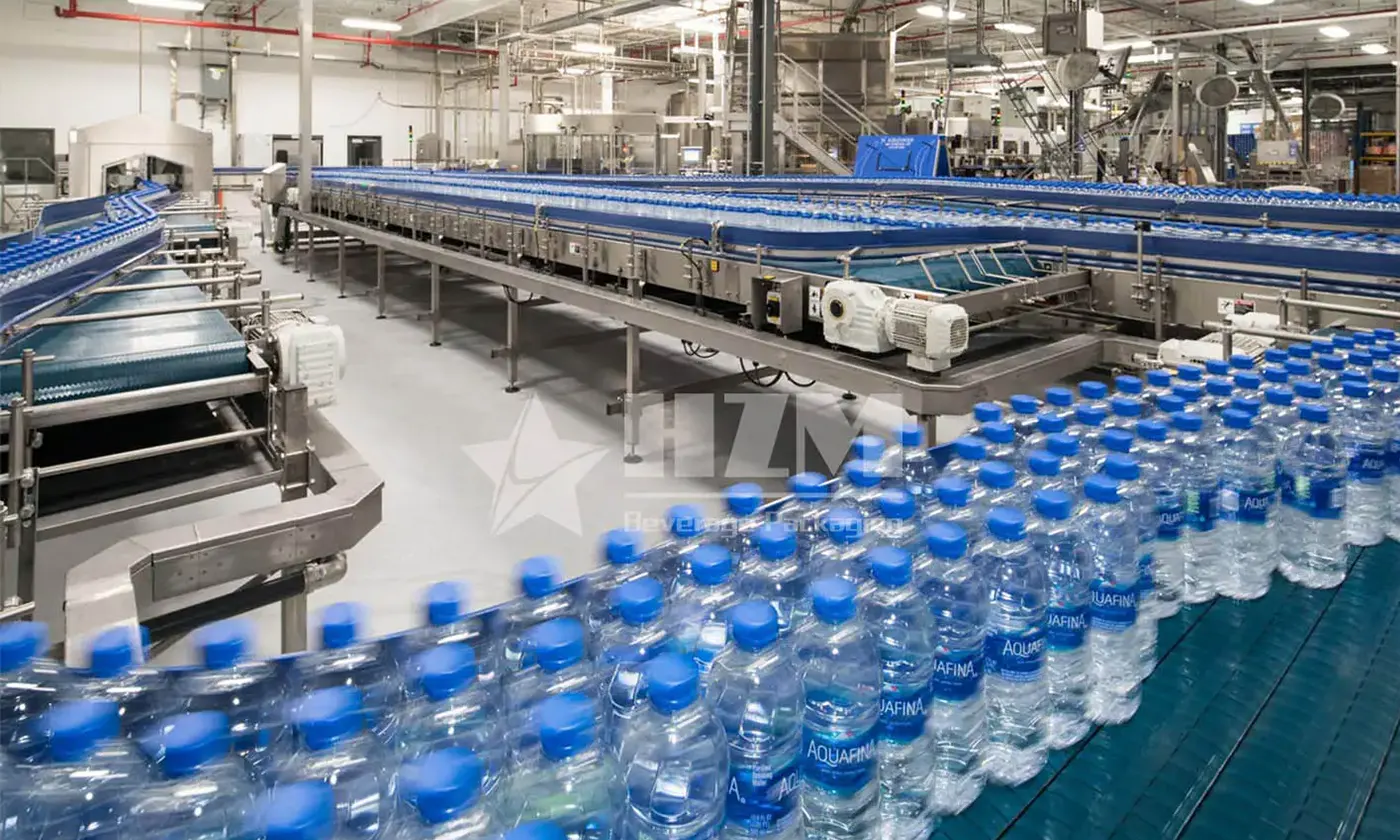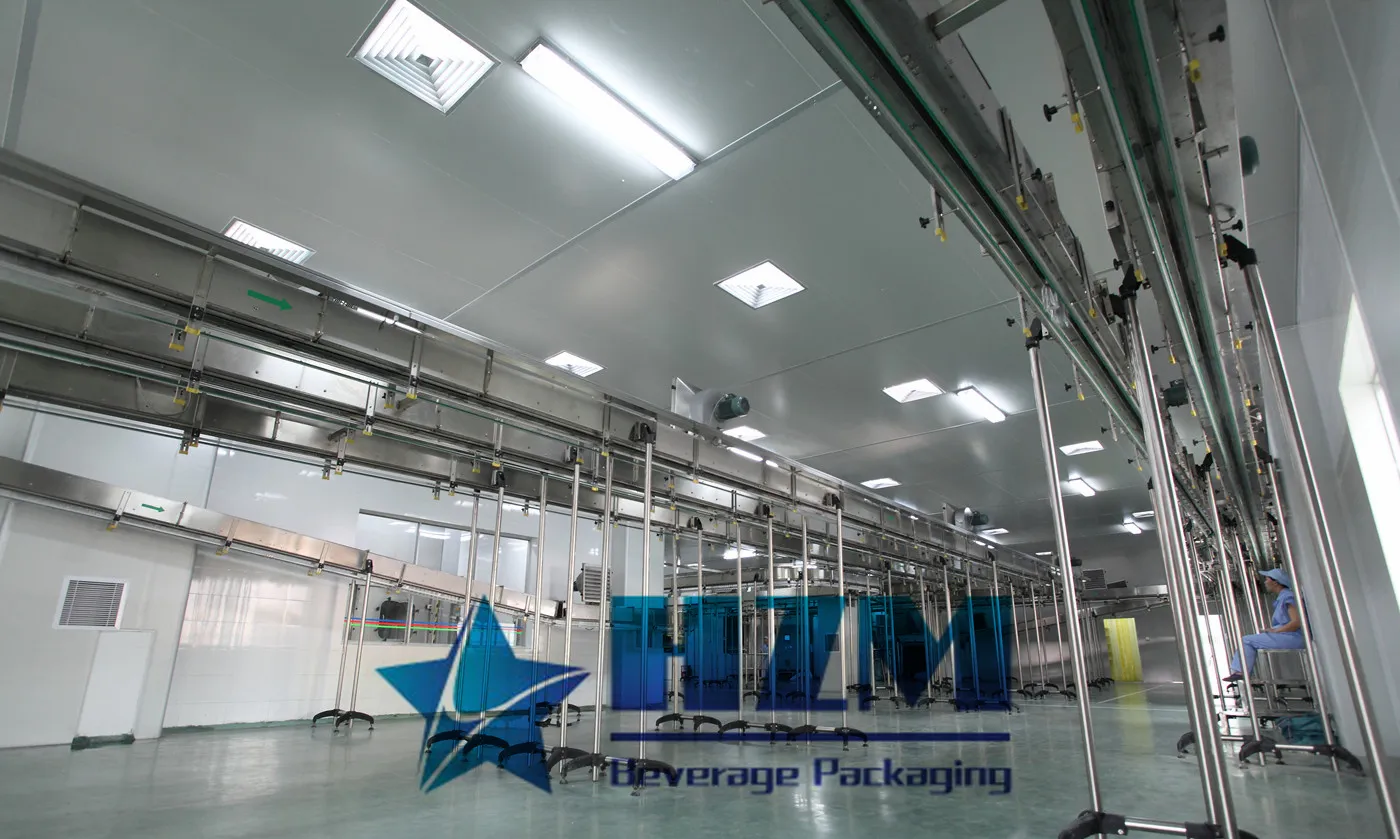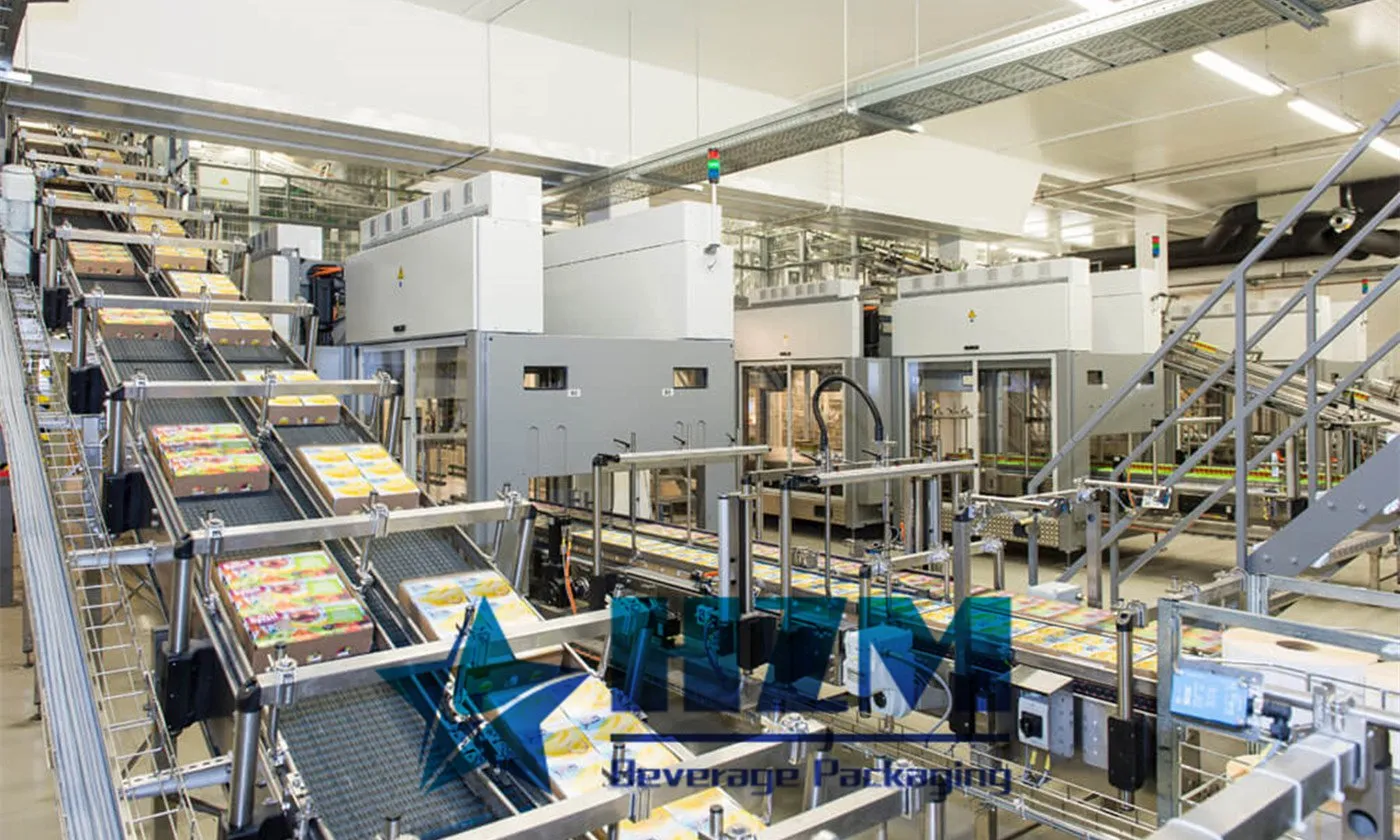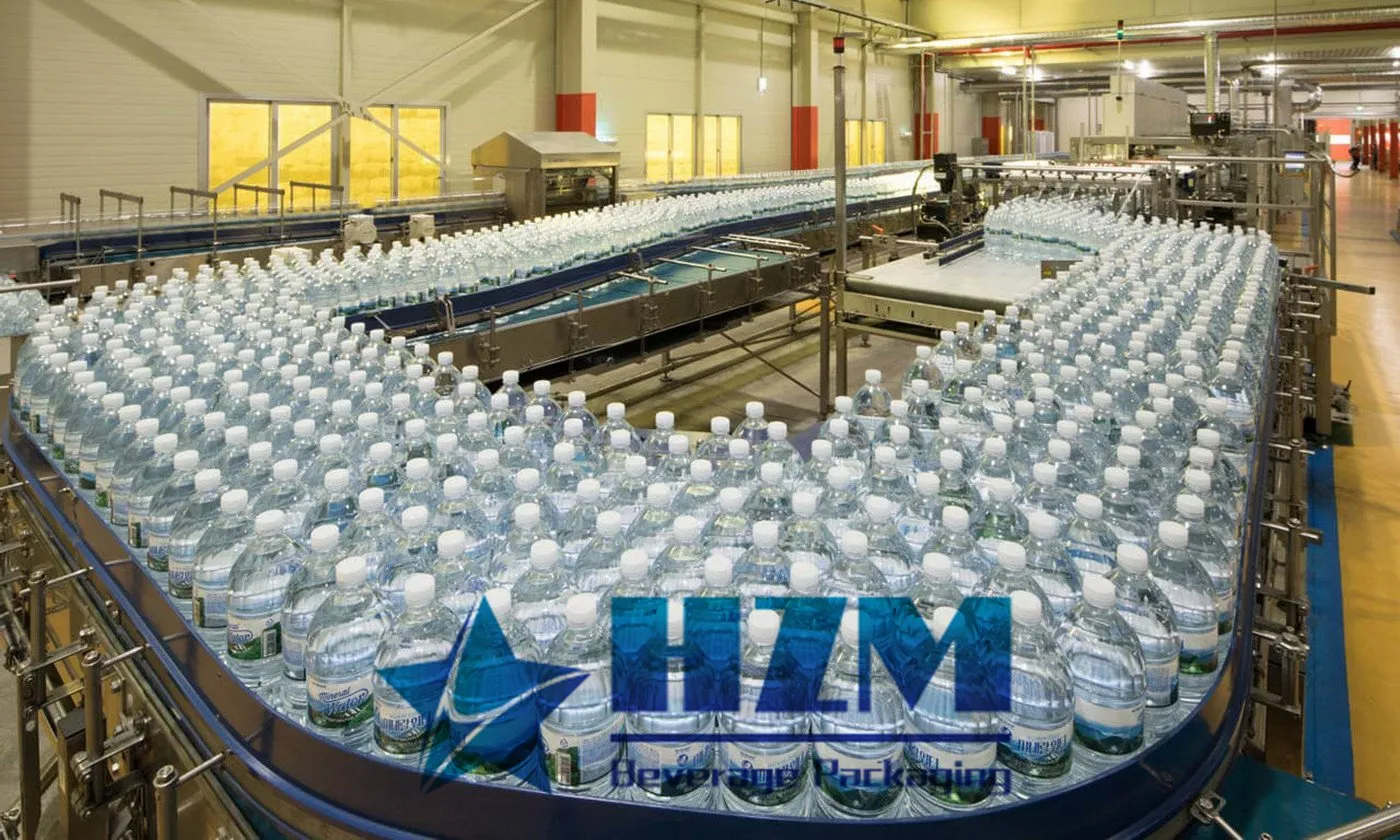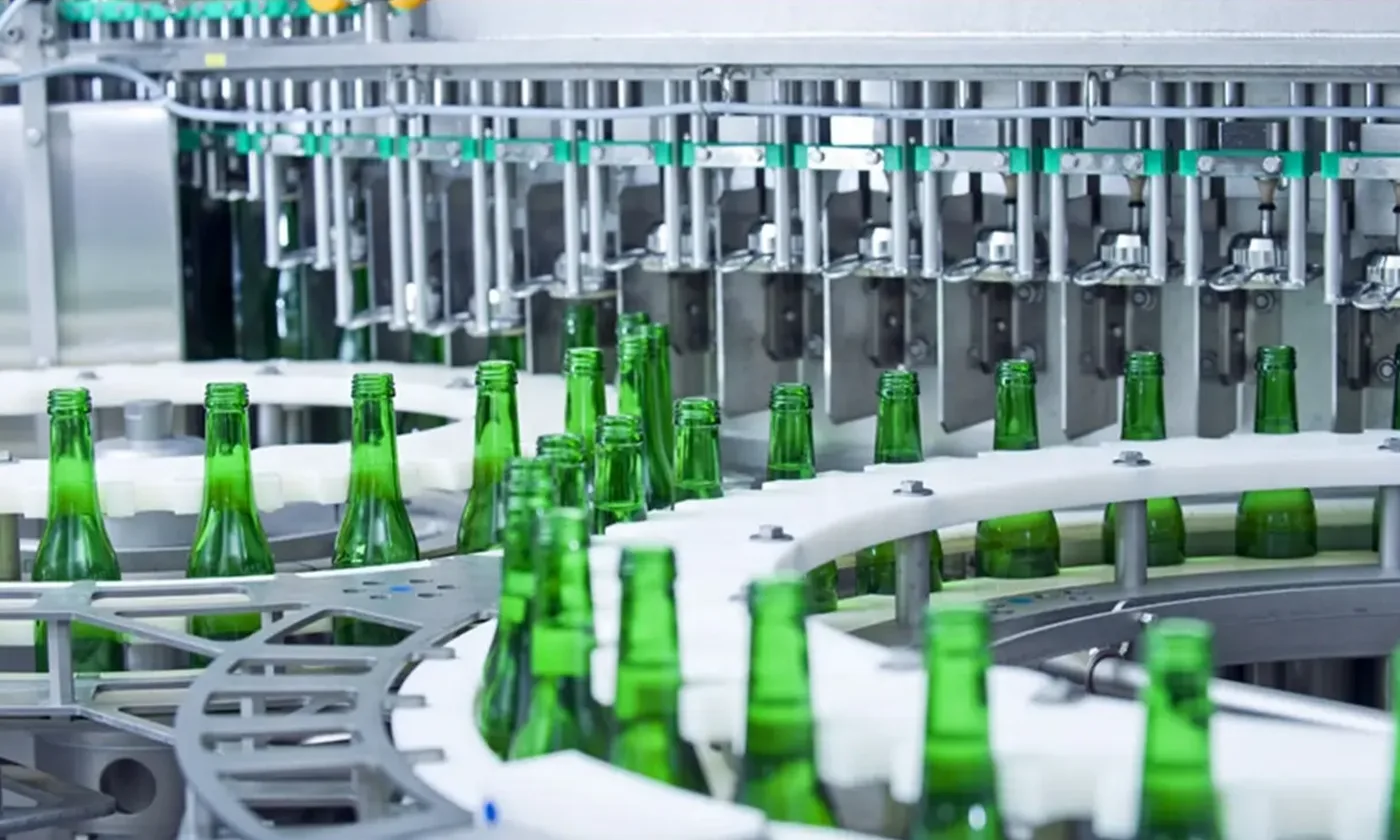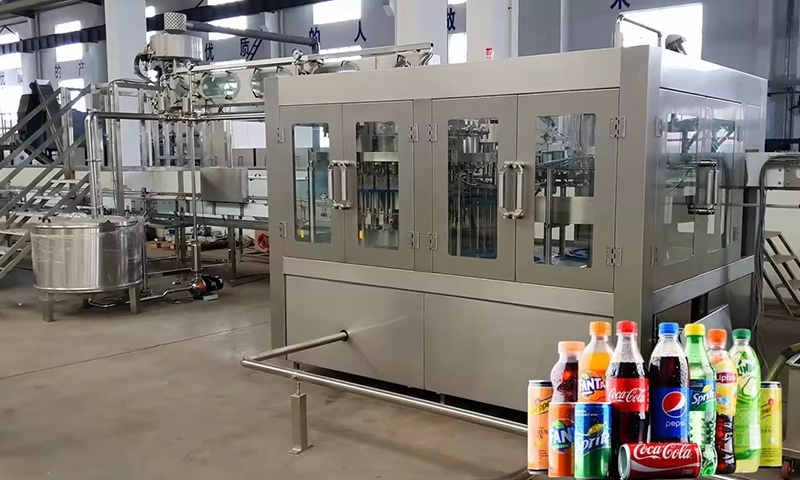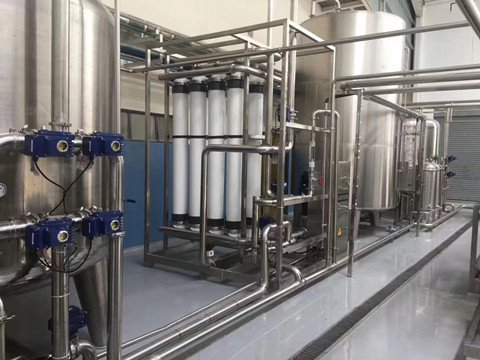
What is the Working Principle of Water Treatment Equipment?
Today, Water purifiers have become a need for almost every home. It is a form of water treatment machine that helps to get water clean and safe for drinking. This way, it ensures that you are protected from several forms of water-borne diseases.
Water treatment processes are of different types and include Ultra Filtration (UF), Reverse Osmosis Water Filtration (RO) and Ultra Violet disinfection (UV). Your choice of a water purification system would depend on the quality of water you need to achieve. However, it is quite important to understand how the water treatment plant process goes.
Reverse Osmosis
This water treatment process basically involves the passage of water through a semi-permeable membrane. Here, dissolved solutes in the contaminated water are blocked by the barrier formed by this membrane. This way, microorganisms, chemicals, ions and other contaminants present in the water are filtered out. This water treatment process is highly effective and adopted by most water treatment equipment to solve water issues.
The Reverse Osmosis System involves various components. Let's look at these components and the roles they play in the RO system thus;
Pre-filters
The Reverse Osmosis pre-filters remove chlorine, dirt and other sediments as water flowing through cold water line valve passes through. Sediment and carbon filters are some of the commonly used pre-filters.

Reverse Osmosis Membrane
RO Membrane also serves a filter for removing different sizes of contaminants through a reverse osmosis process. Water from this point then enters the storage.
Storage Tank
This serves as storage for the purified water. The storage capacity varies and your choice would depend on your rate of usage.
Post-filters
The post-filters further purify water by removing bad odor and improves the taste before water enters the storage. This is basically a carbon filter and follows as water leaves the Reverse Osmosis faucet.
Drain Line
This is another component of the RO system which works to drain out the wastewater.
-
Ultra Violet disinfection
The Ultra Violet (UV) disinfection involves the use of the UV lamp. This UV lamp emits UV rays which have germicidal actions. It penetrates the entire water and deactivates the DNA of pathogens such that they do not proliferate. This way the water is kept clean and safe for drinking. So far, the UV rays can act and kill about 99.9% of microorganisms present in the water.
There are no risks of the pathogens developing resistance against the UV light as is the case in chemical disinfection. The efficiency of the process is maximized by the pre-treatment process.
-
Ultra-Filtration
In this water treatment process, hydrostatic pressure is used to force water against a semi-permeable membrane. Through this means, microorganisms, as well as the bad odor in water is eliminated. This process also ensures that water taste is further improved.
In a water treatment plant, several components work together to ensure the purity and safety of water for consumption. A combination of purification methods is utilized by renowned brands to eliminate different types of contaminants. Your choice of a water treatment equipment manufacturer should be one that has high efficiency in removing contaminants. Again, the storage capacity would depend on your rate of water usage.
TAG:
-
![Core Selling Points of Glass Bottle CSD Filling & Capping Line]()
Core Selling Points of Glass Bottle CSD Filling & Capping Line
-
![Customizable beverage filling system]()
Customizable beverage filling system
-
![Differences Between Hot Filling and Cold Filling in Beverage Filling Machines]()
Differences Between Hot Filling and Cold Filling in Beverage Filling Machines
-
![Selecting a Dedicated RO Reverse Osmosis Water Treatment System for a Purified Water Beverage Production Line]()
Selecting a Dedicated RO Reverse Osmosis Water Treatment System for a Purified Water Beverage Production Line
-
![How Fast Is the Labeling Speed of Tea Beverage Packaging Machines?]()
How Fast Is the Labeling Speed of Tea Beverage Packaging Machines?


